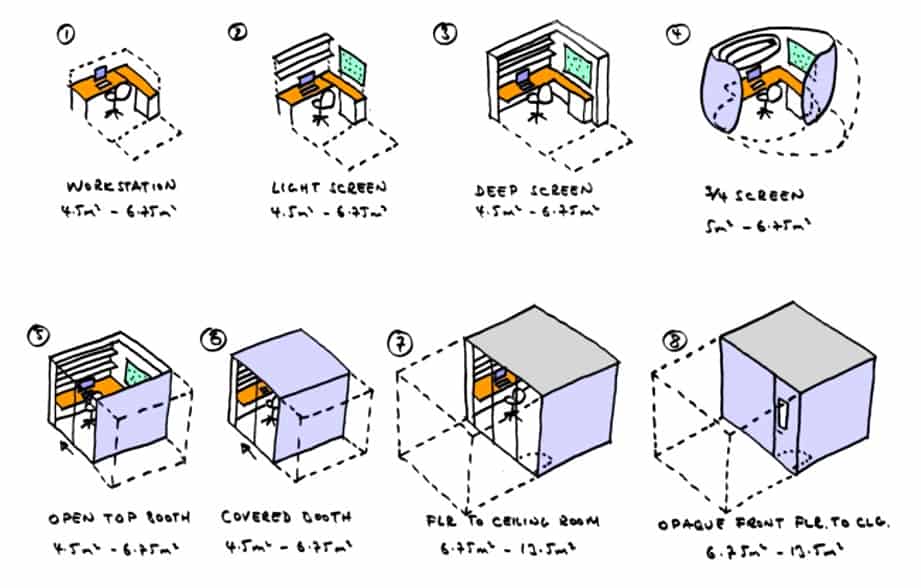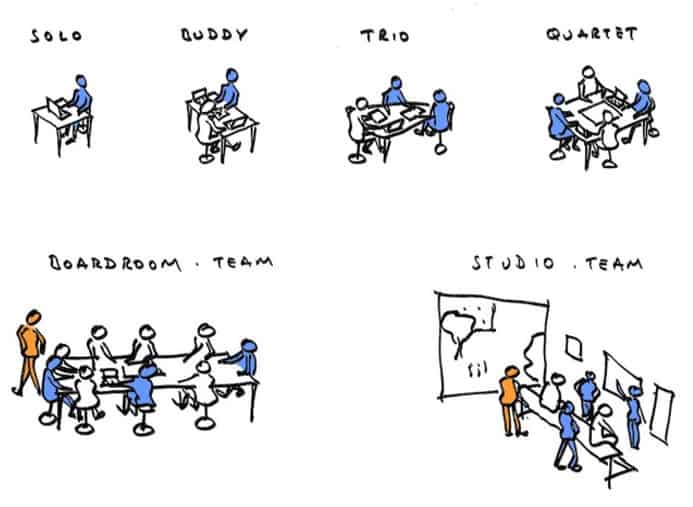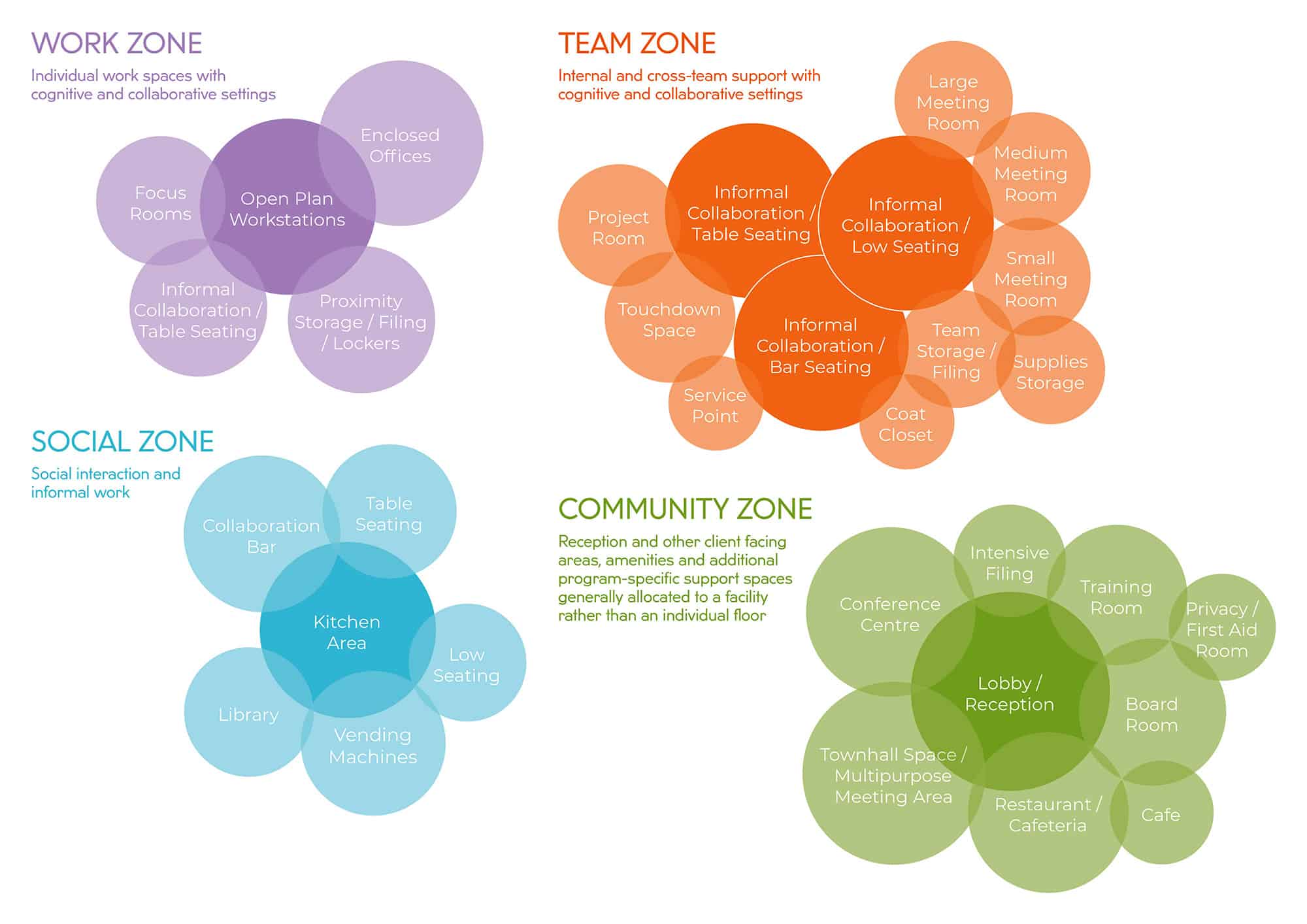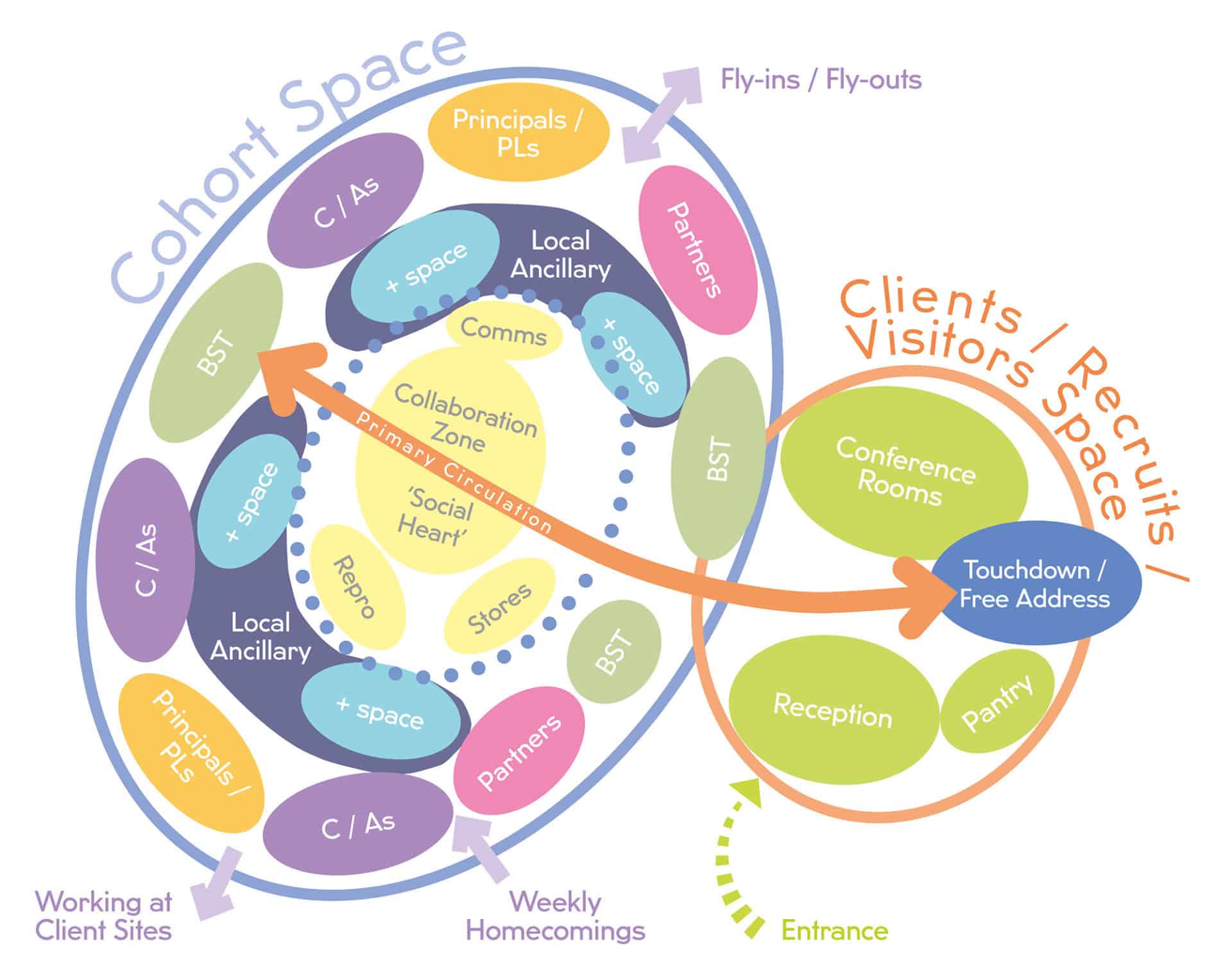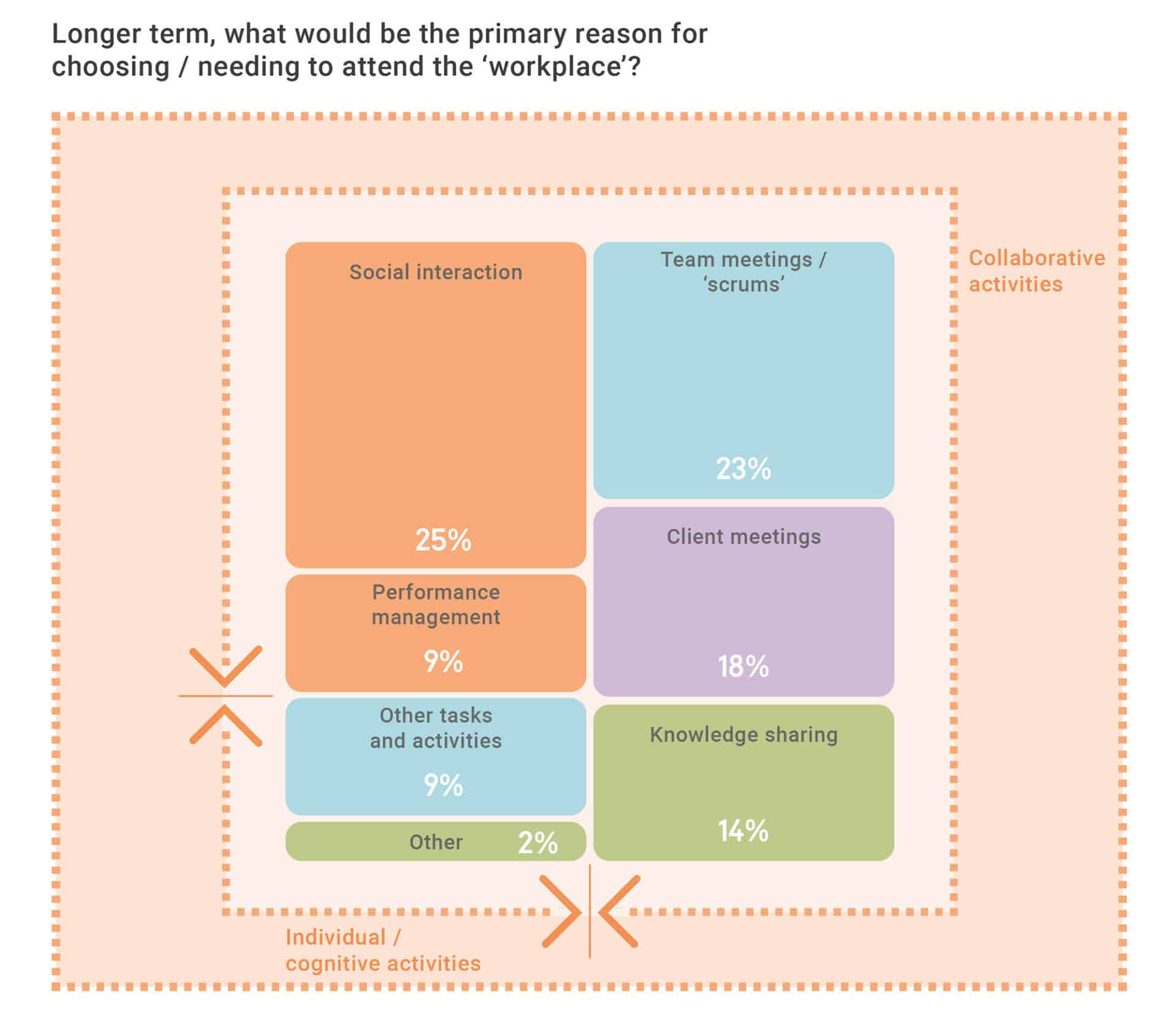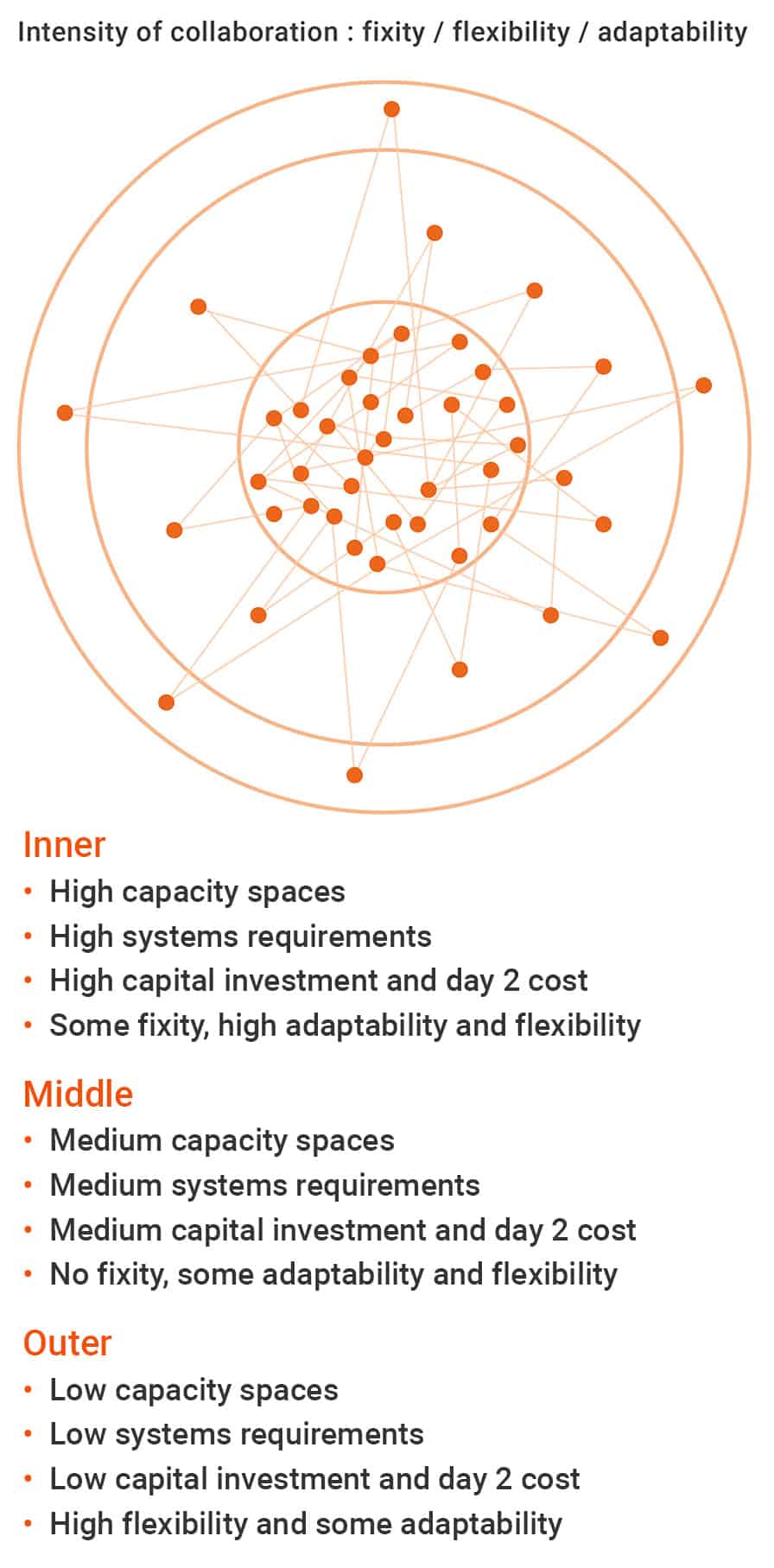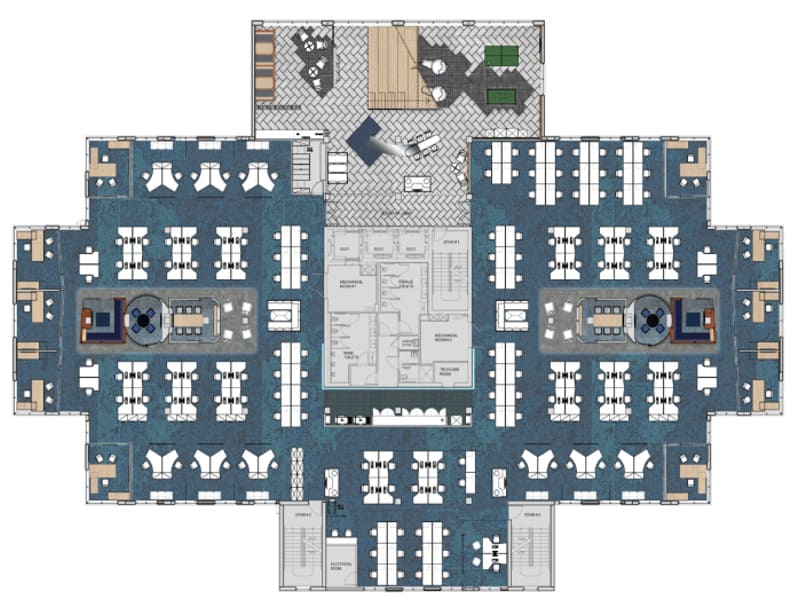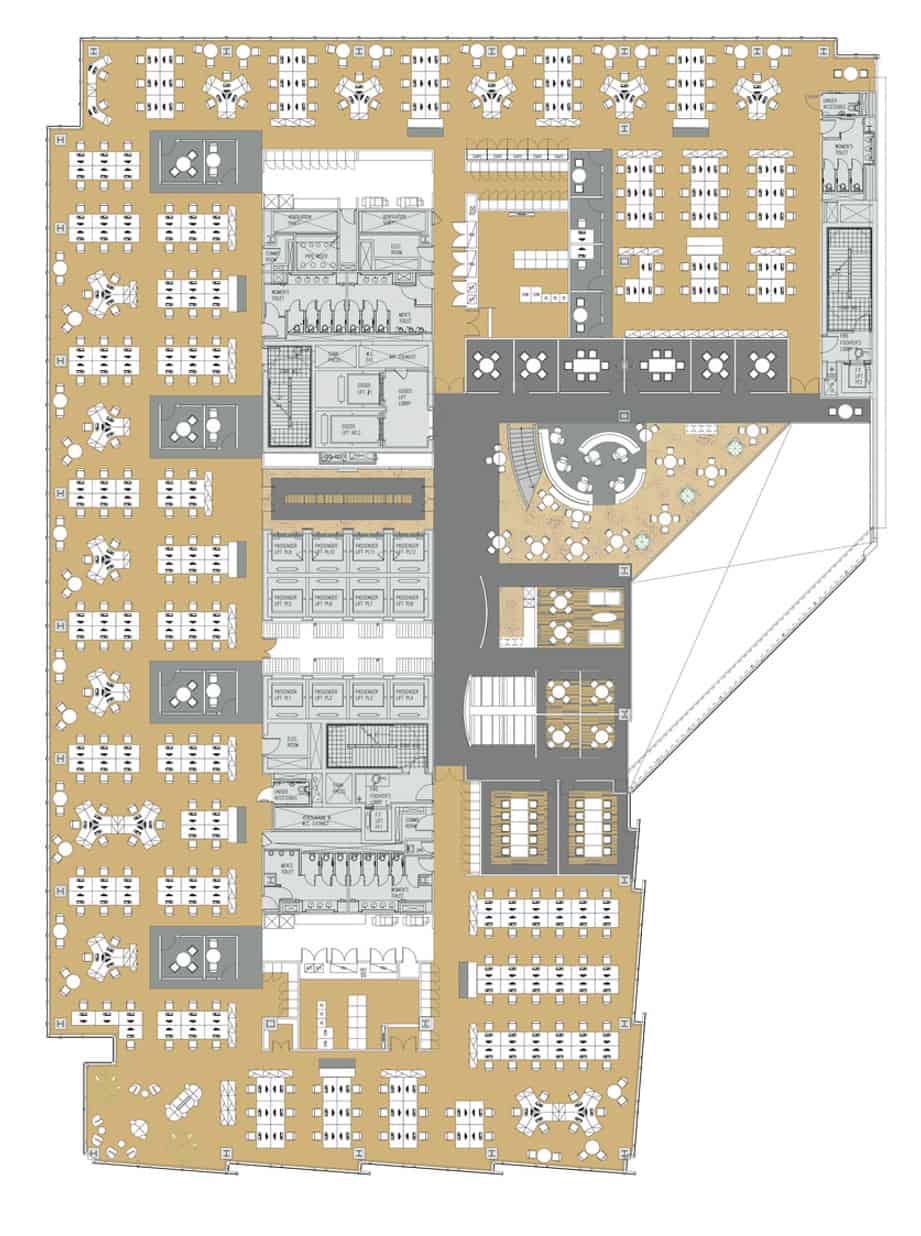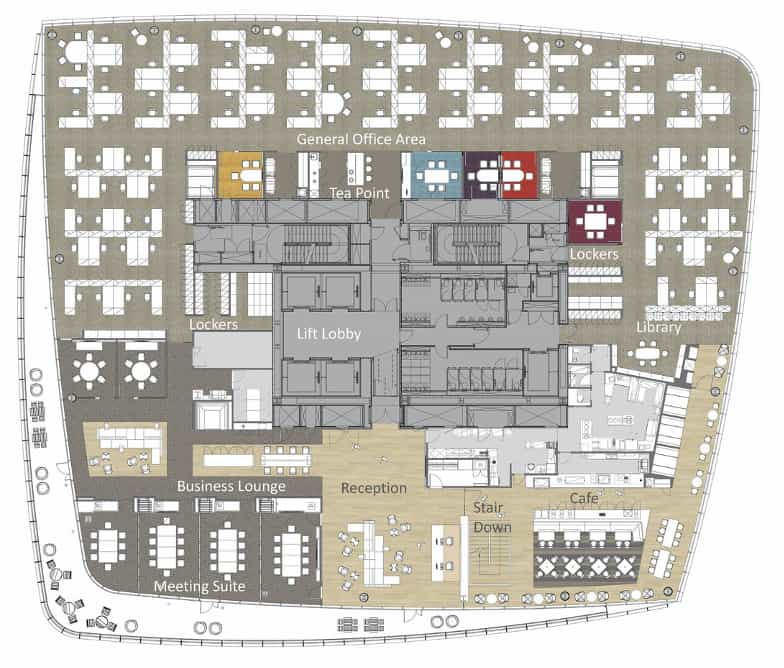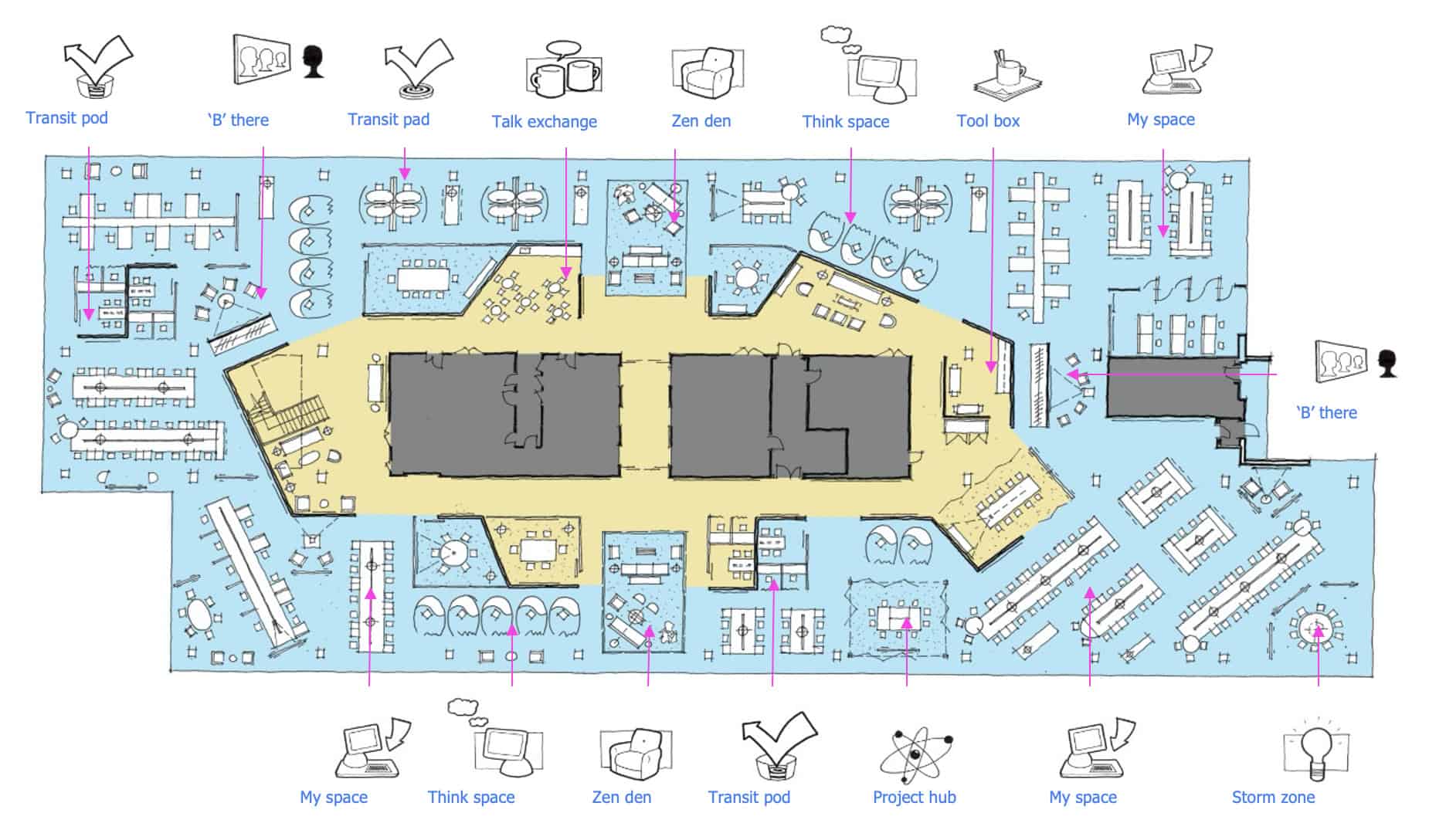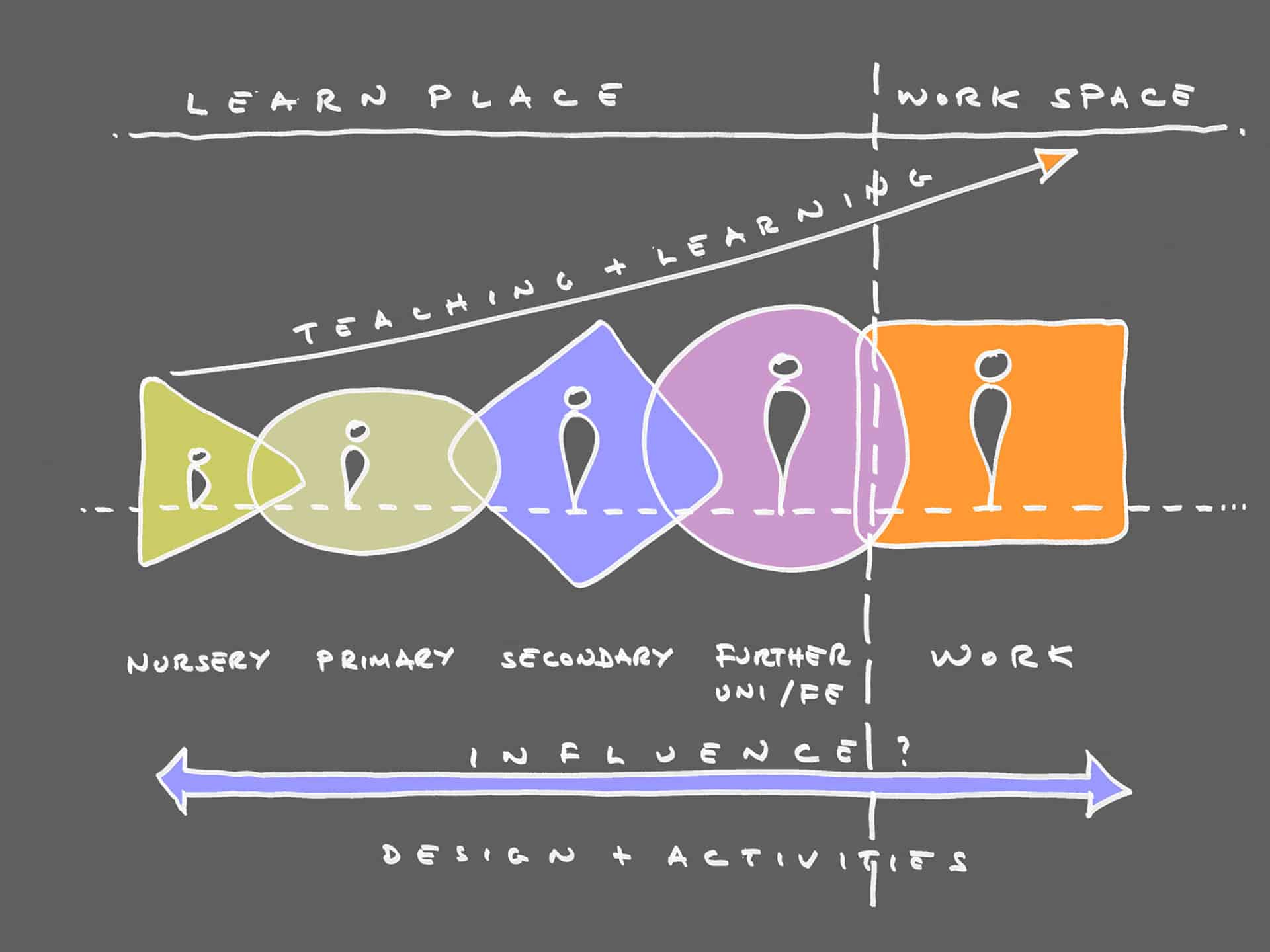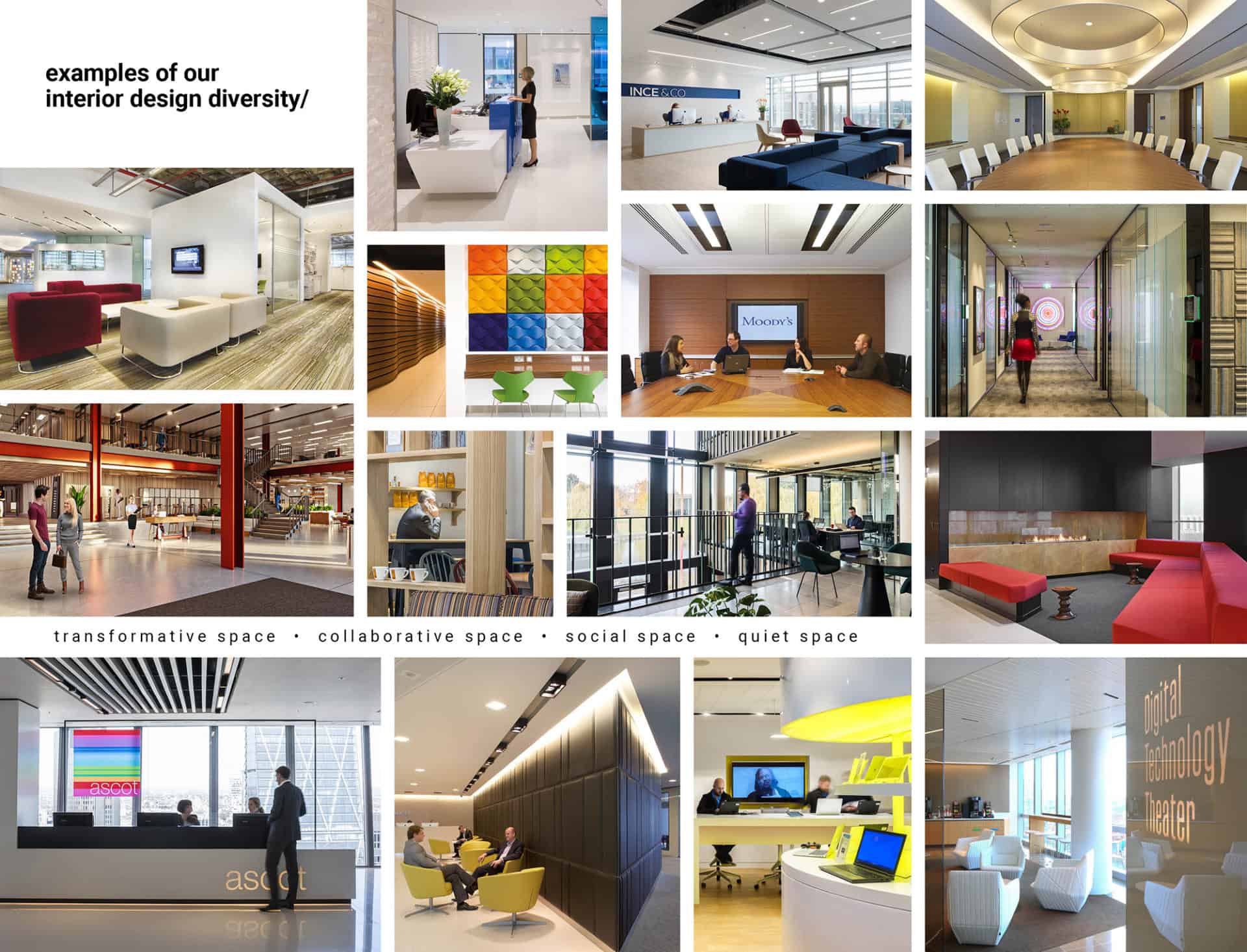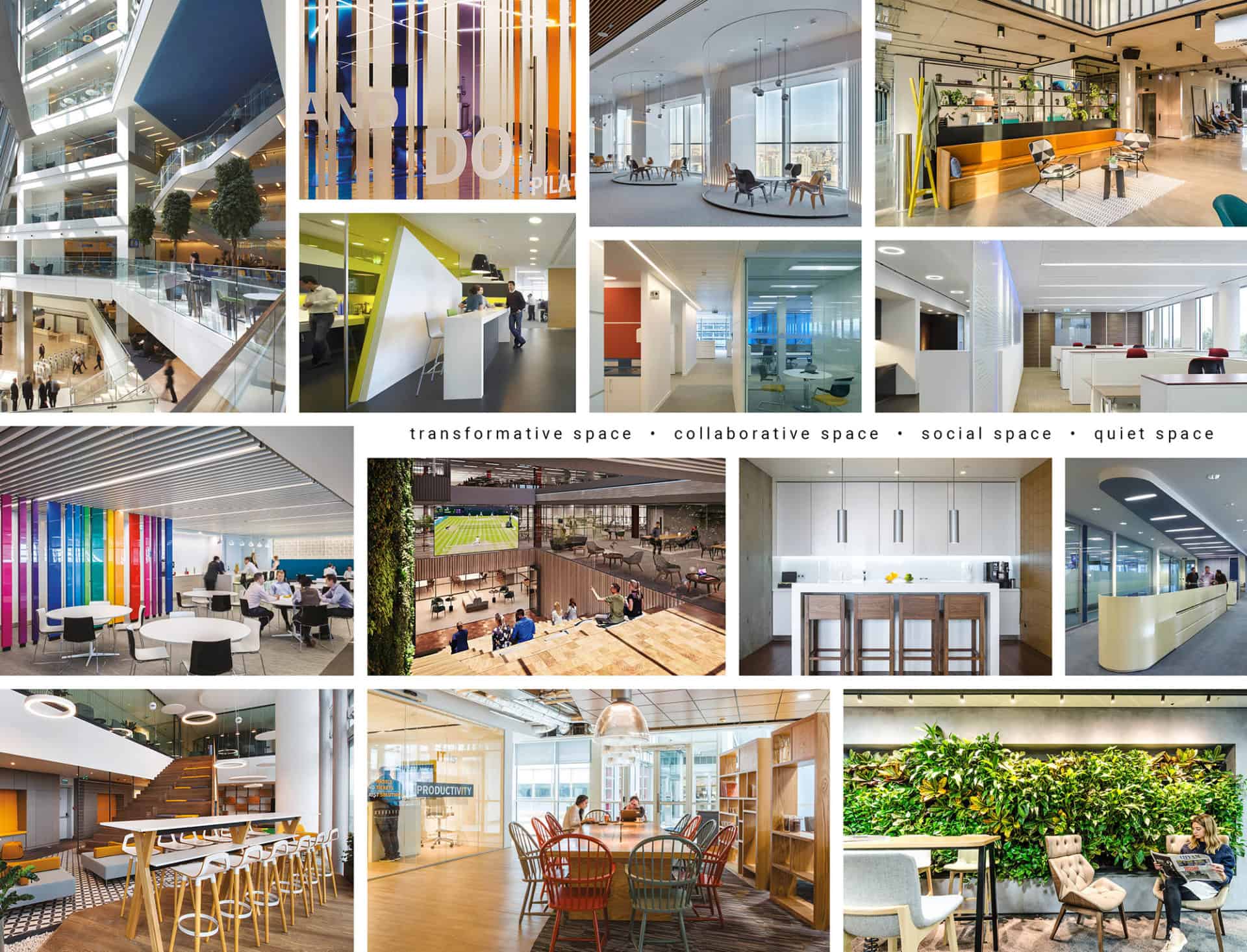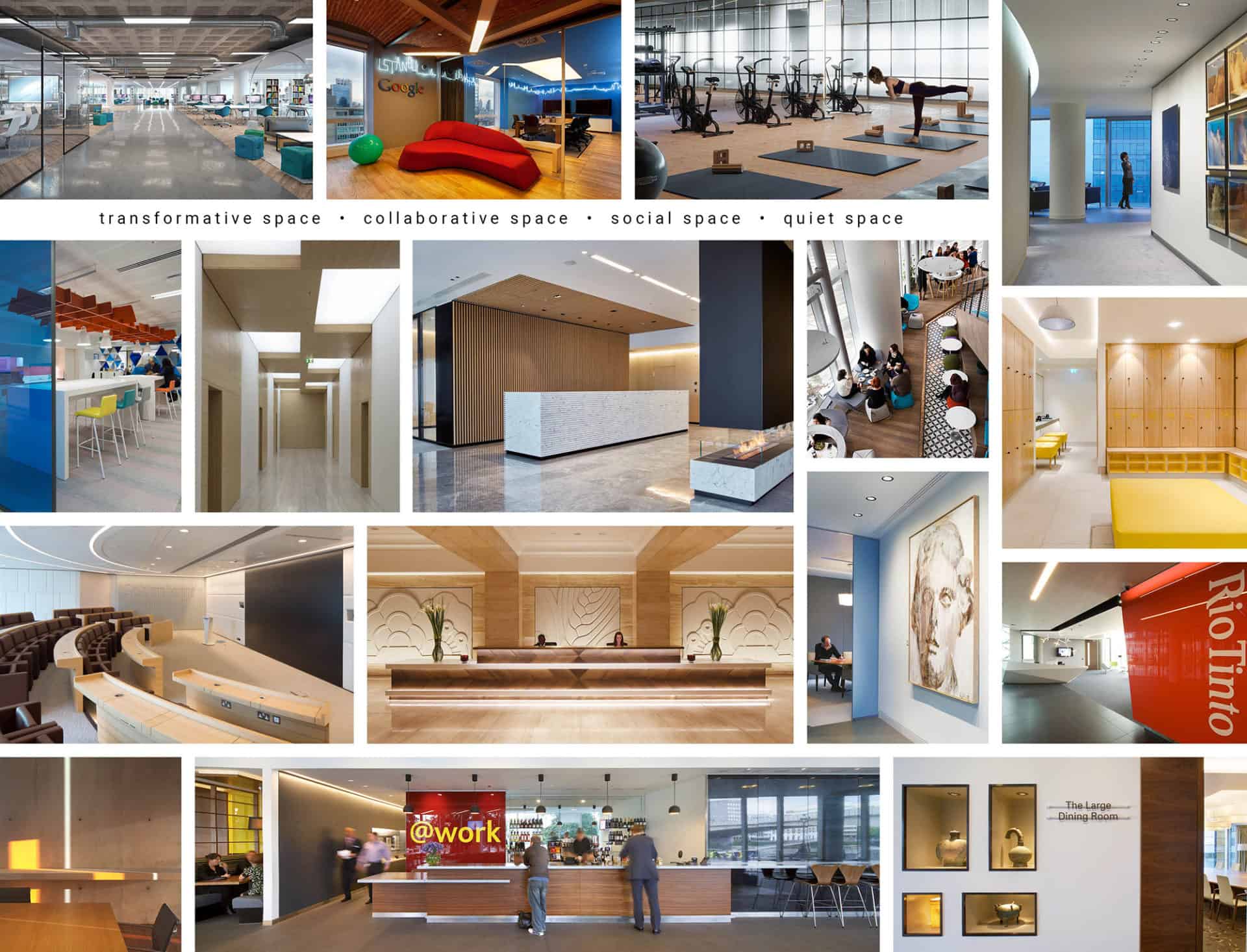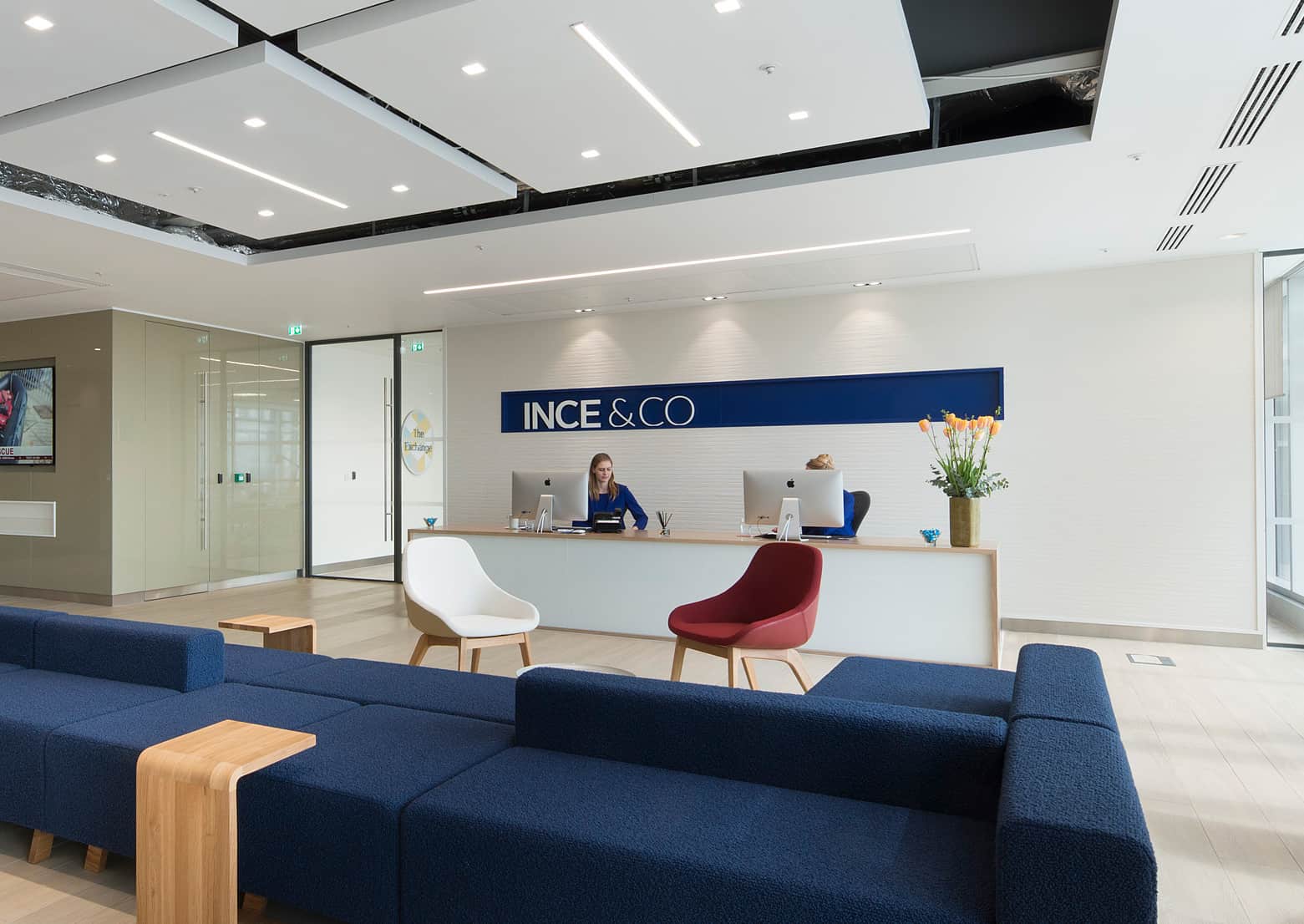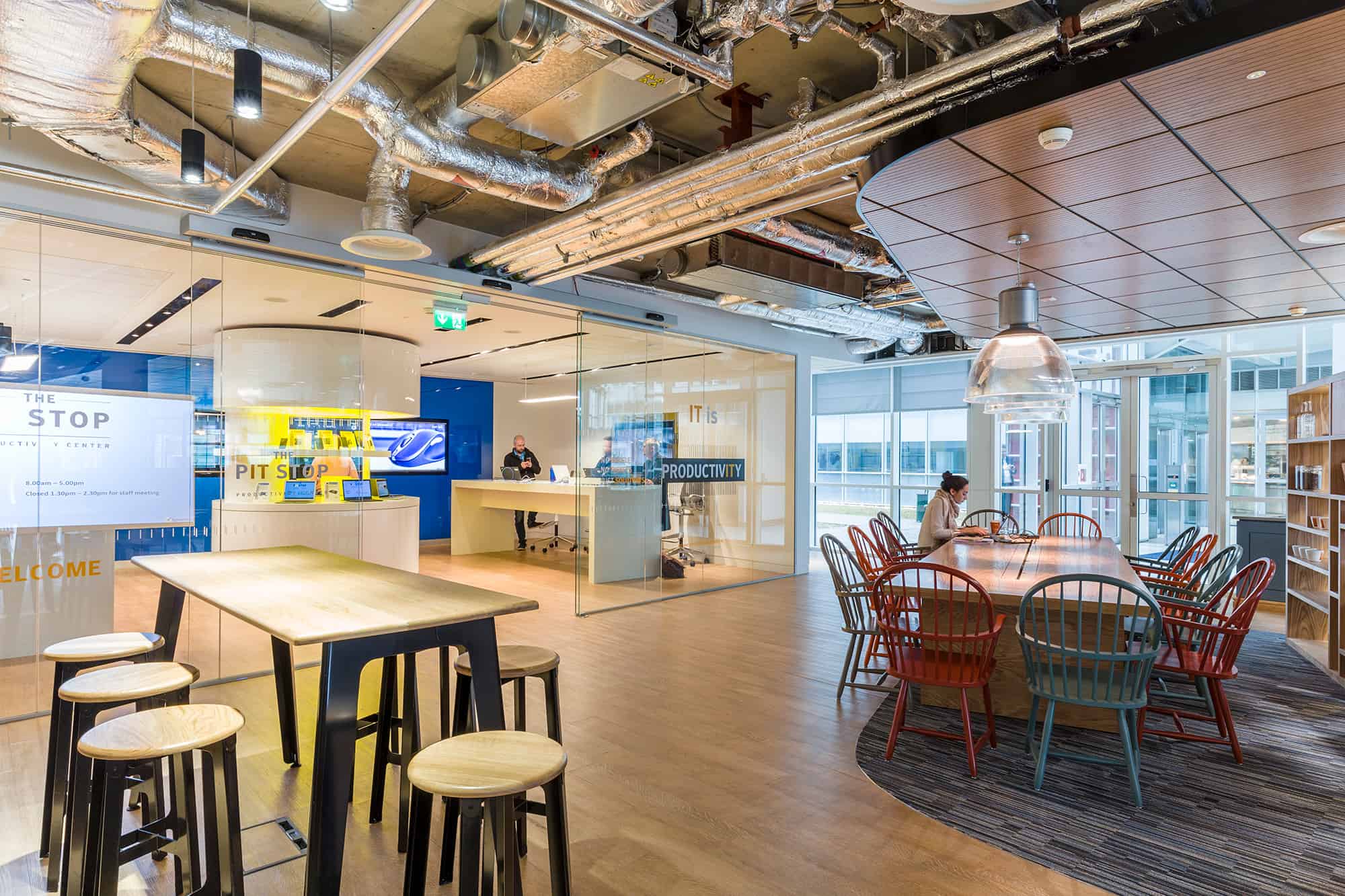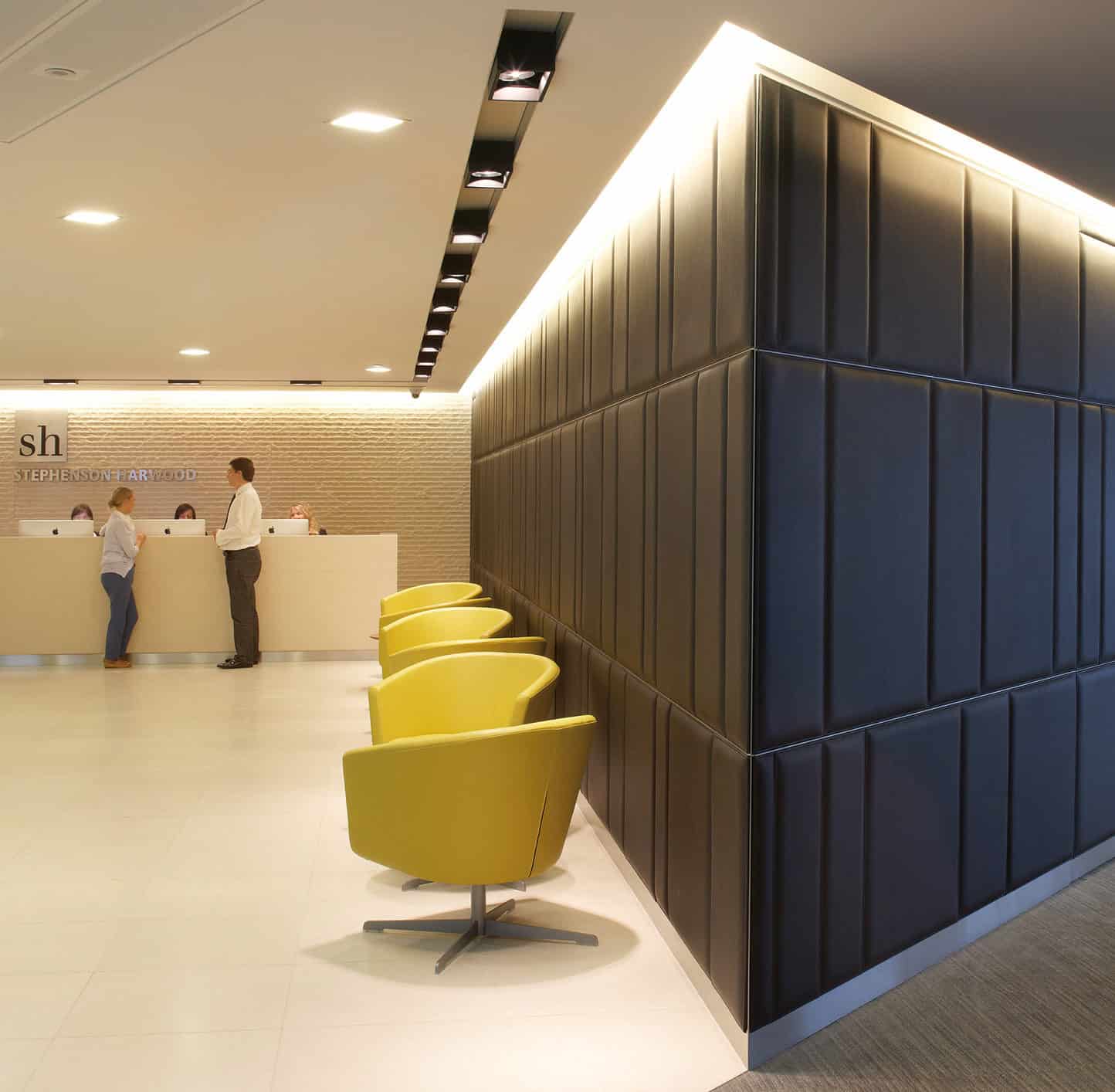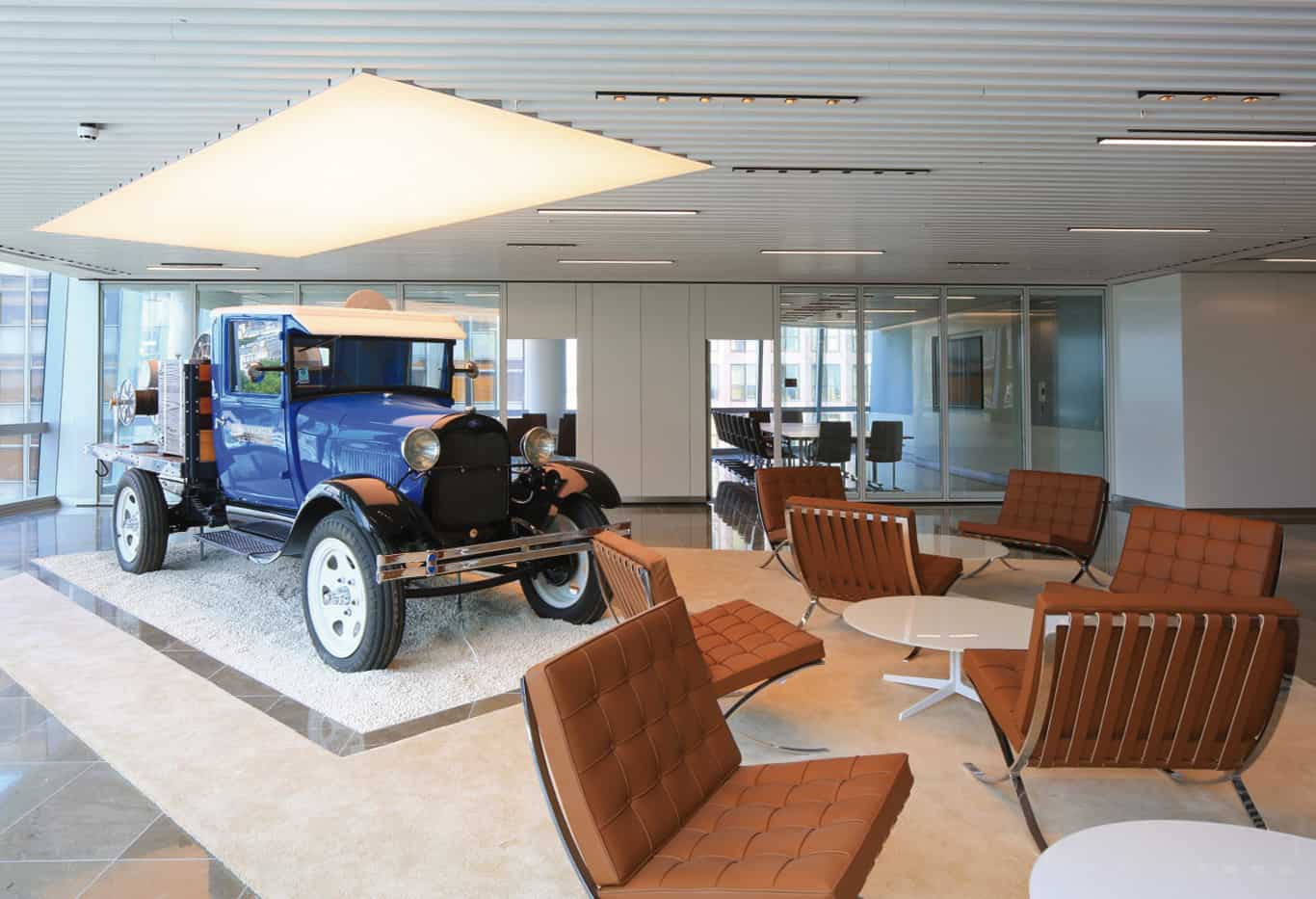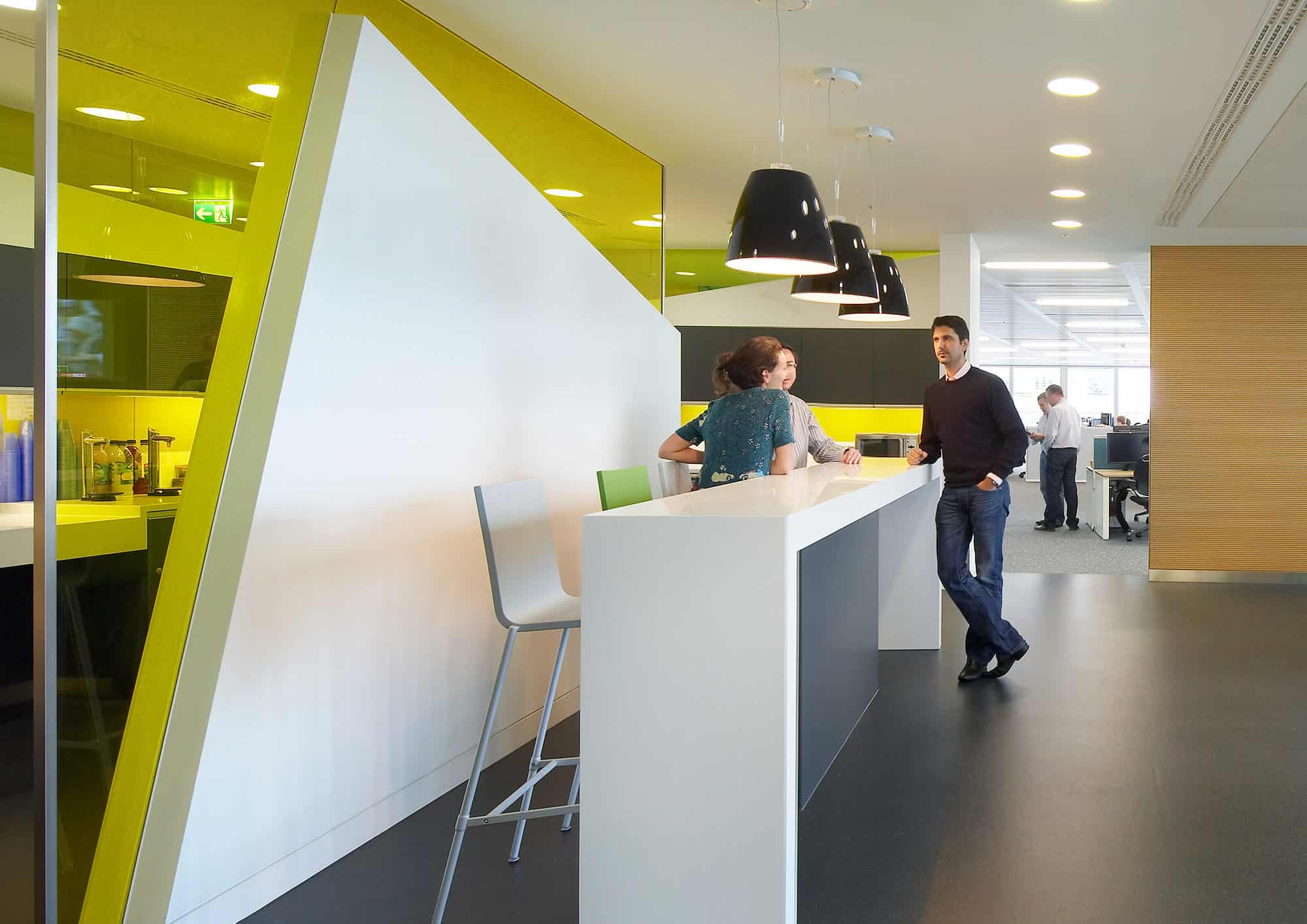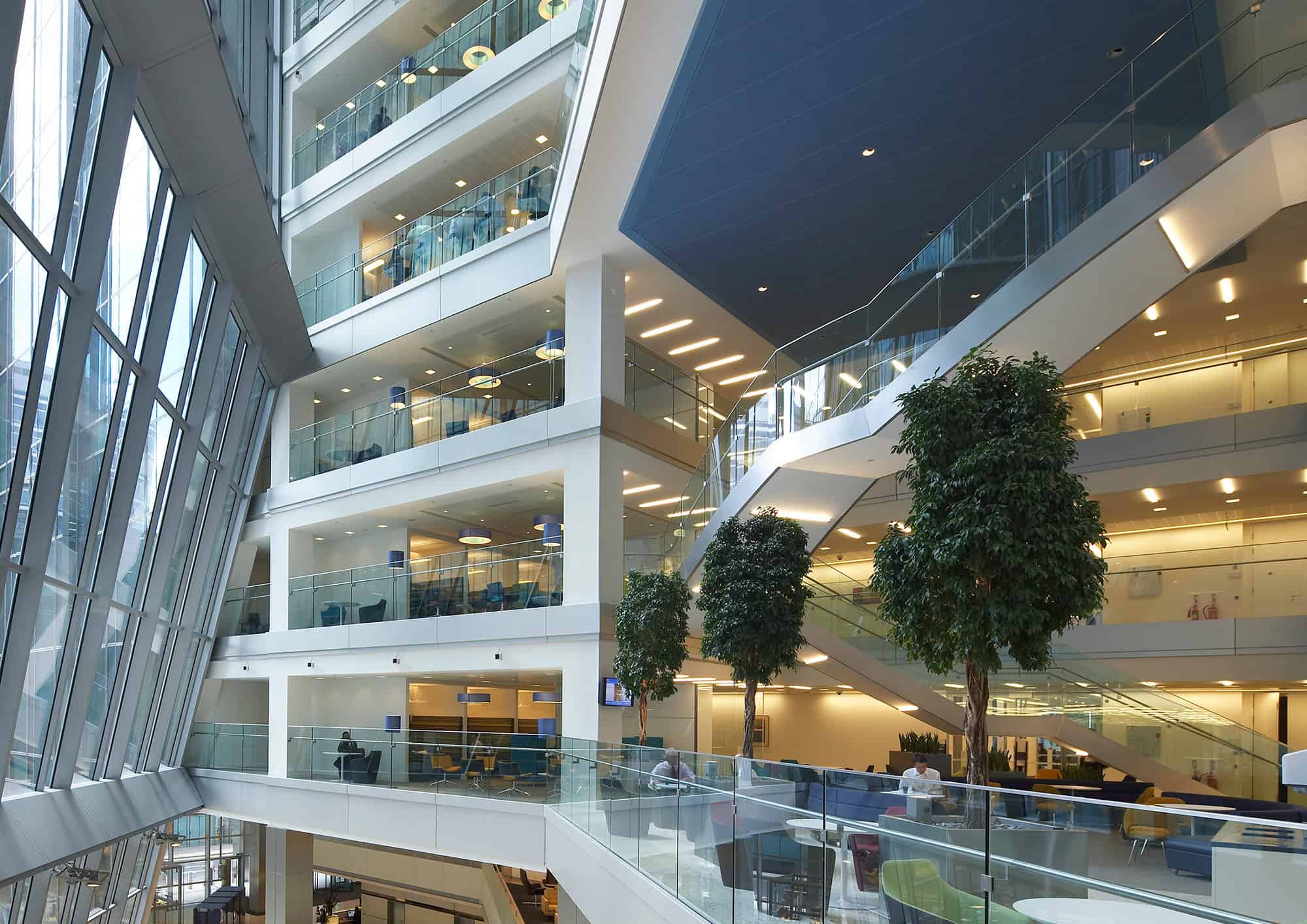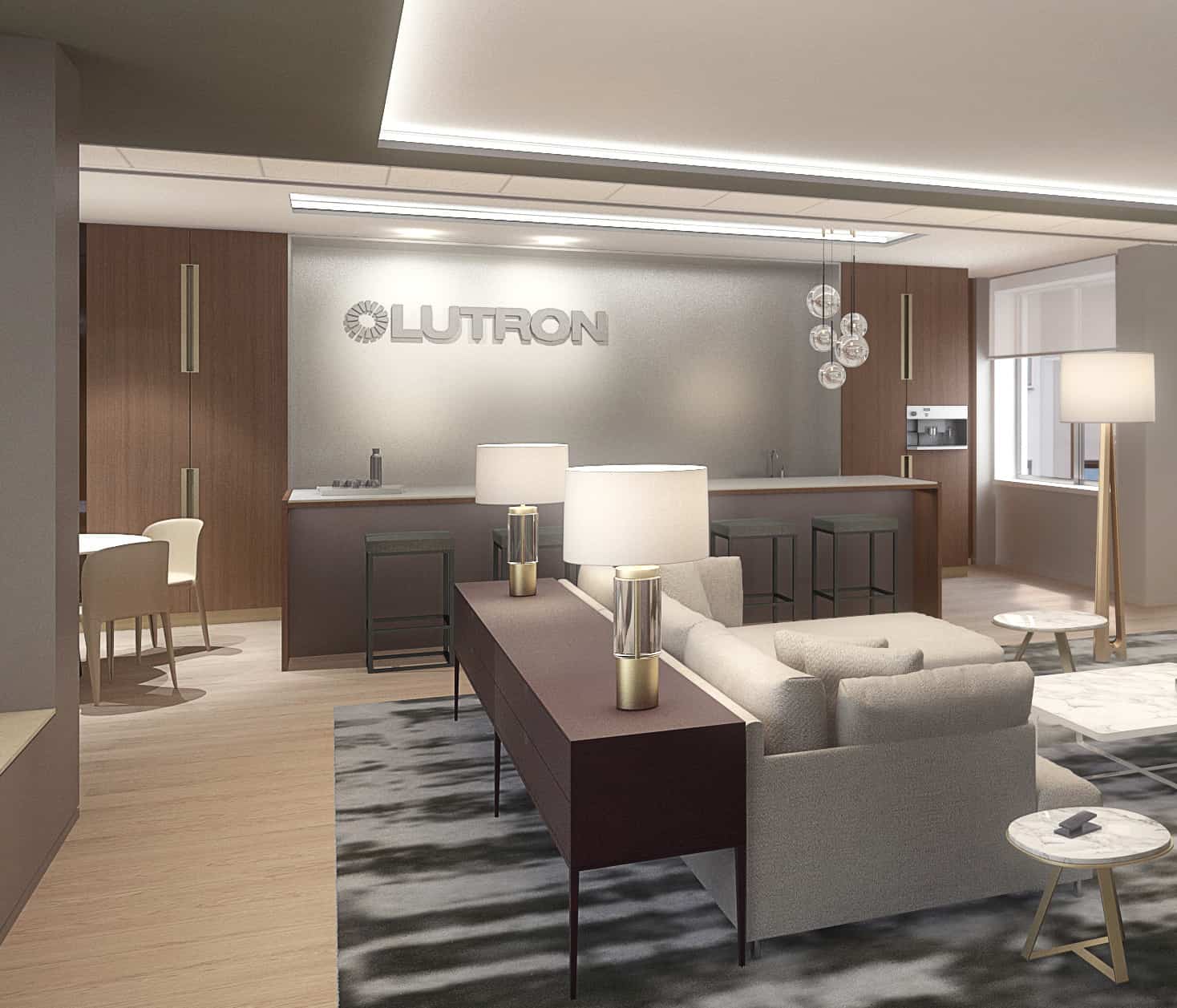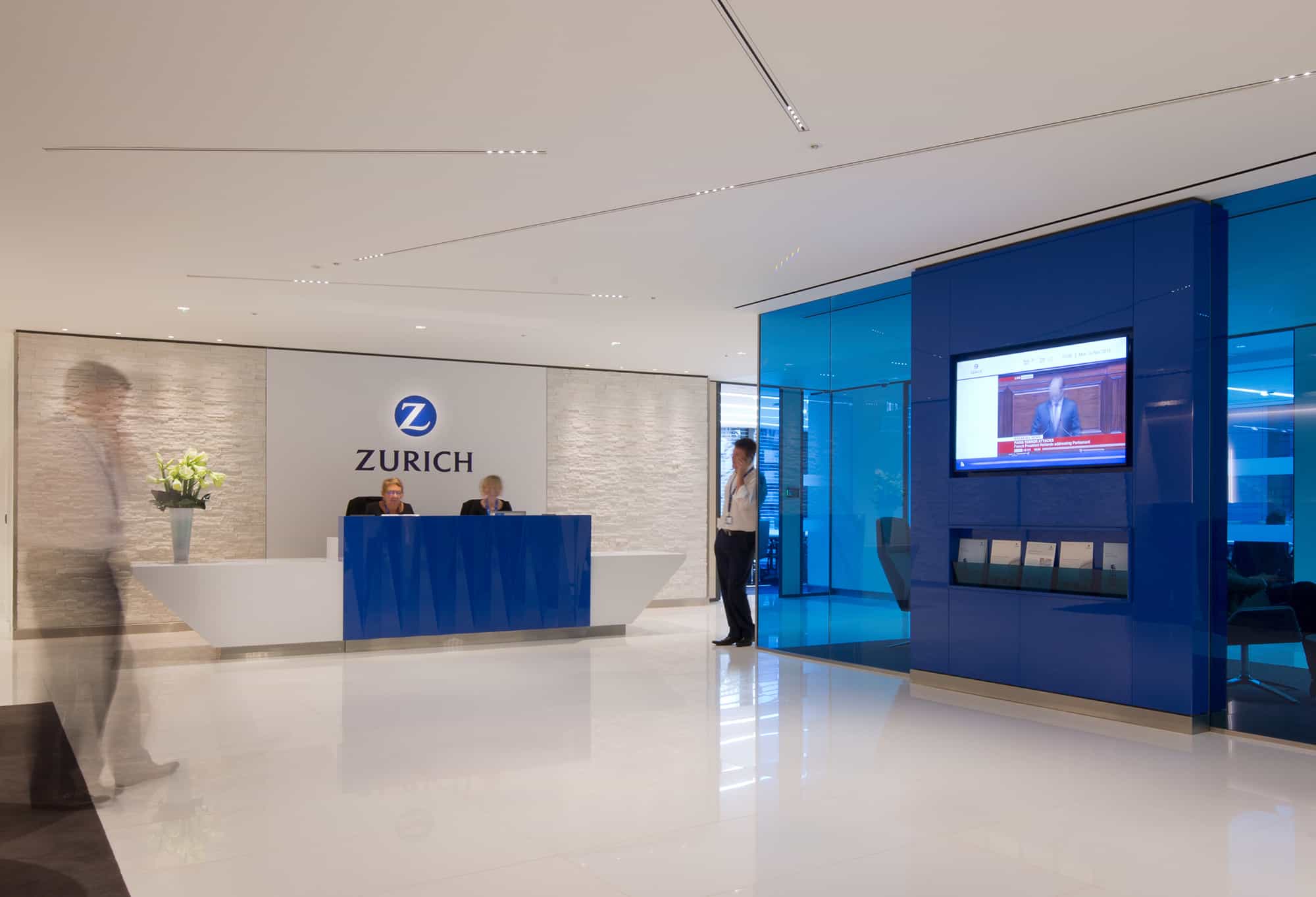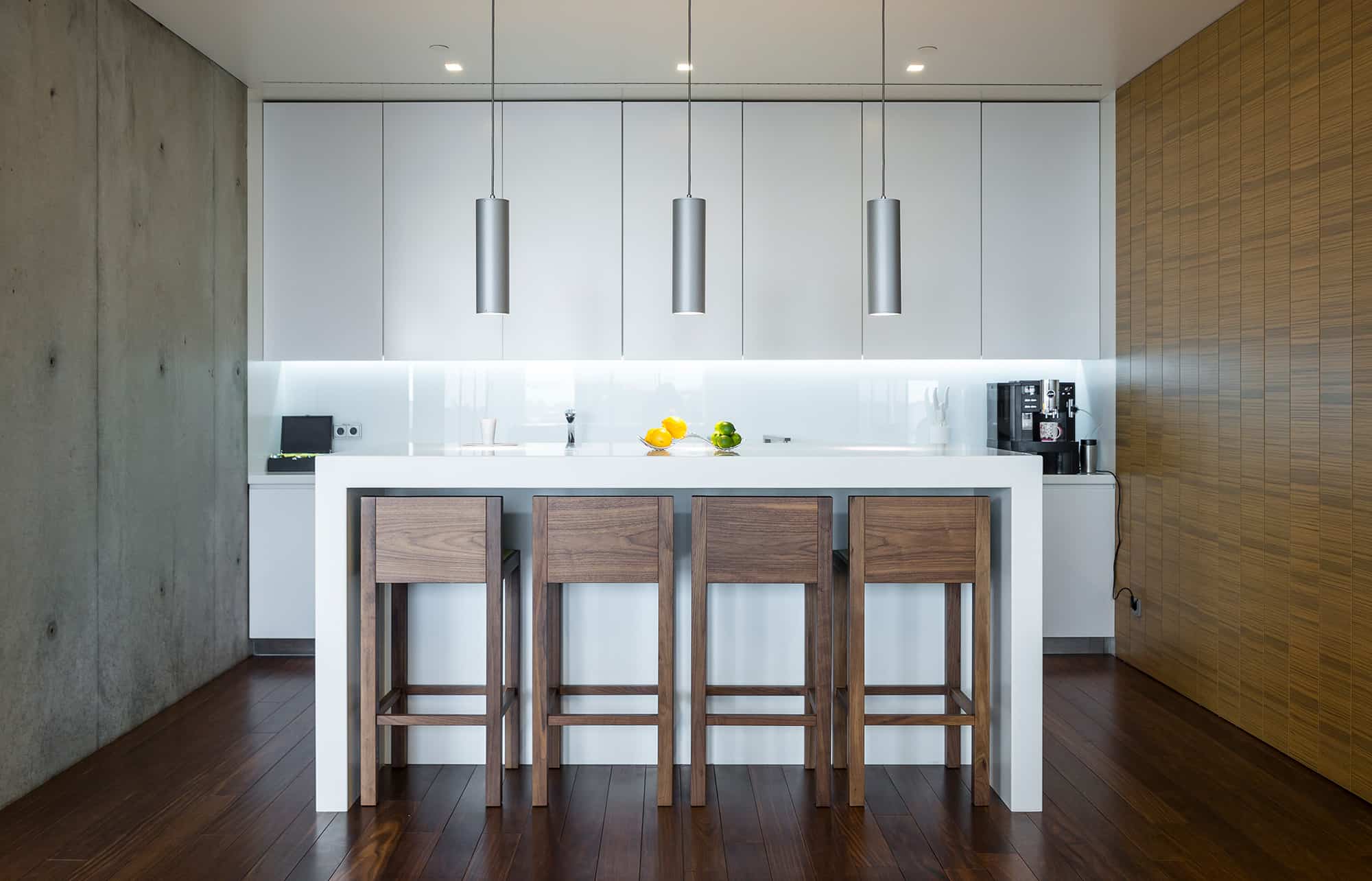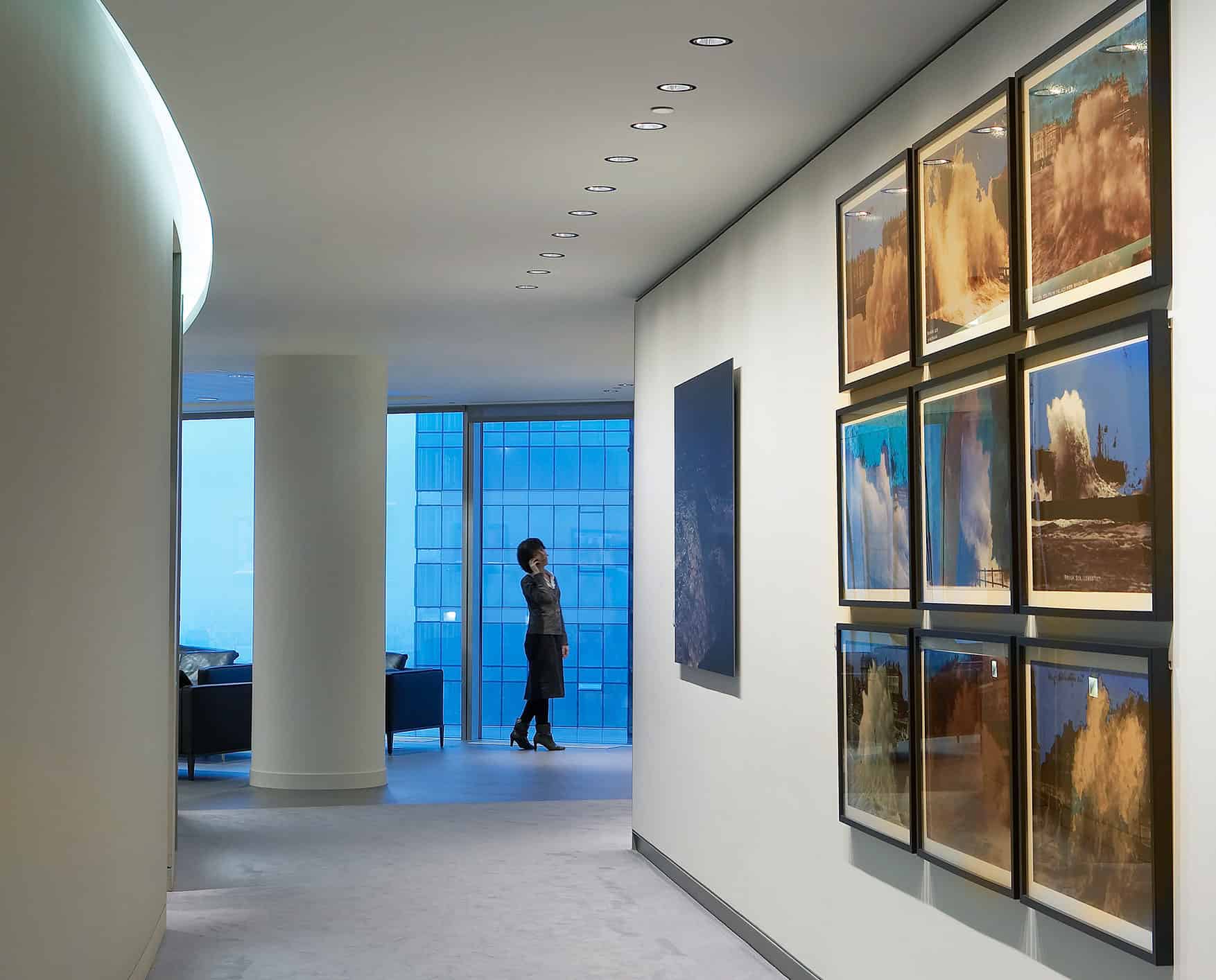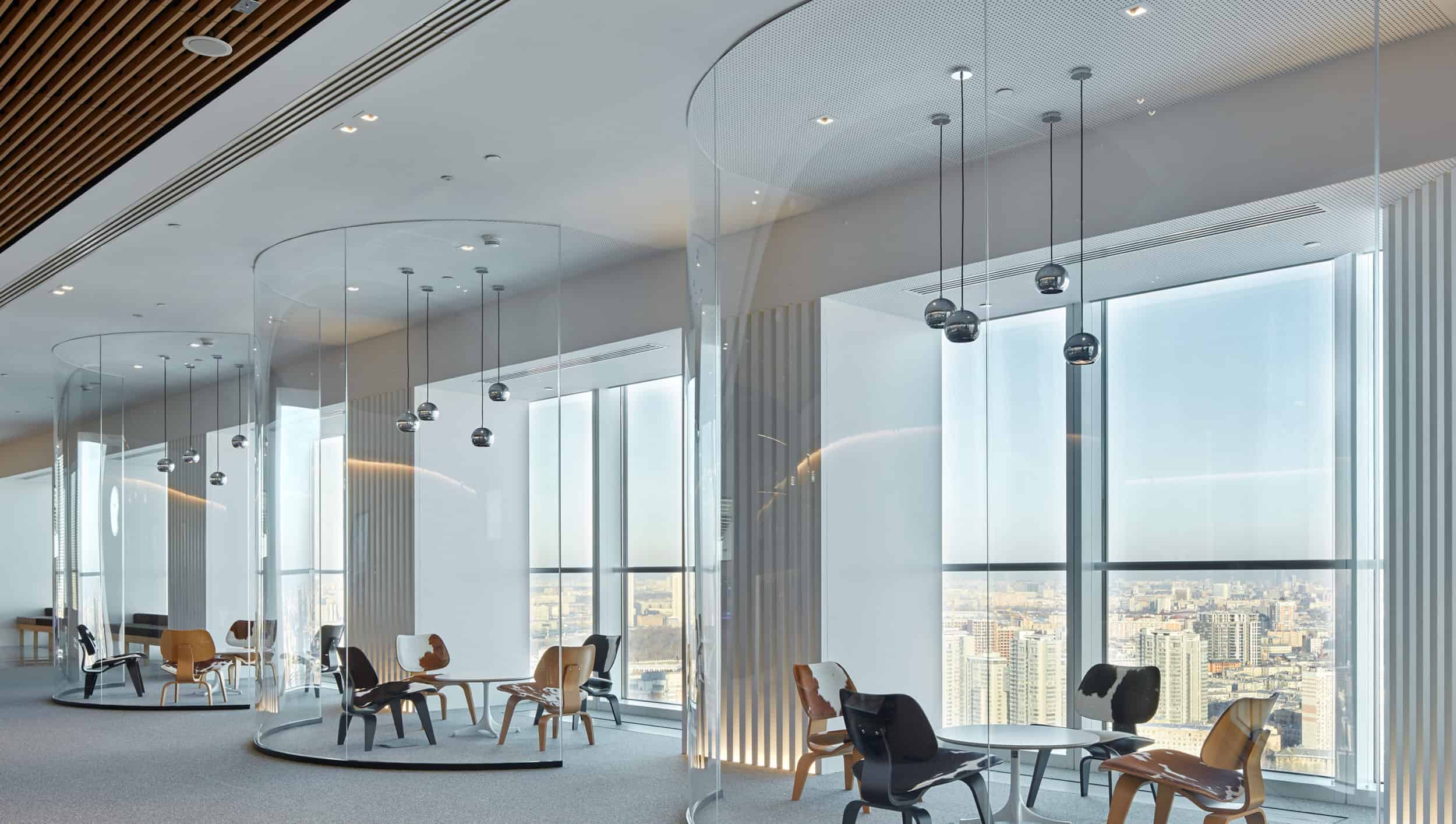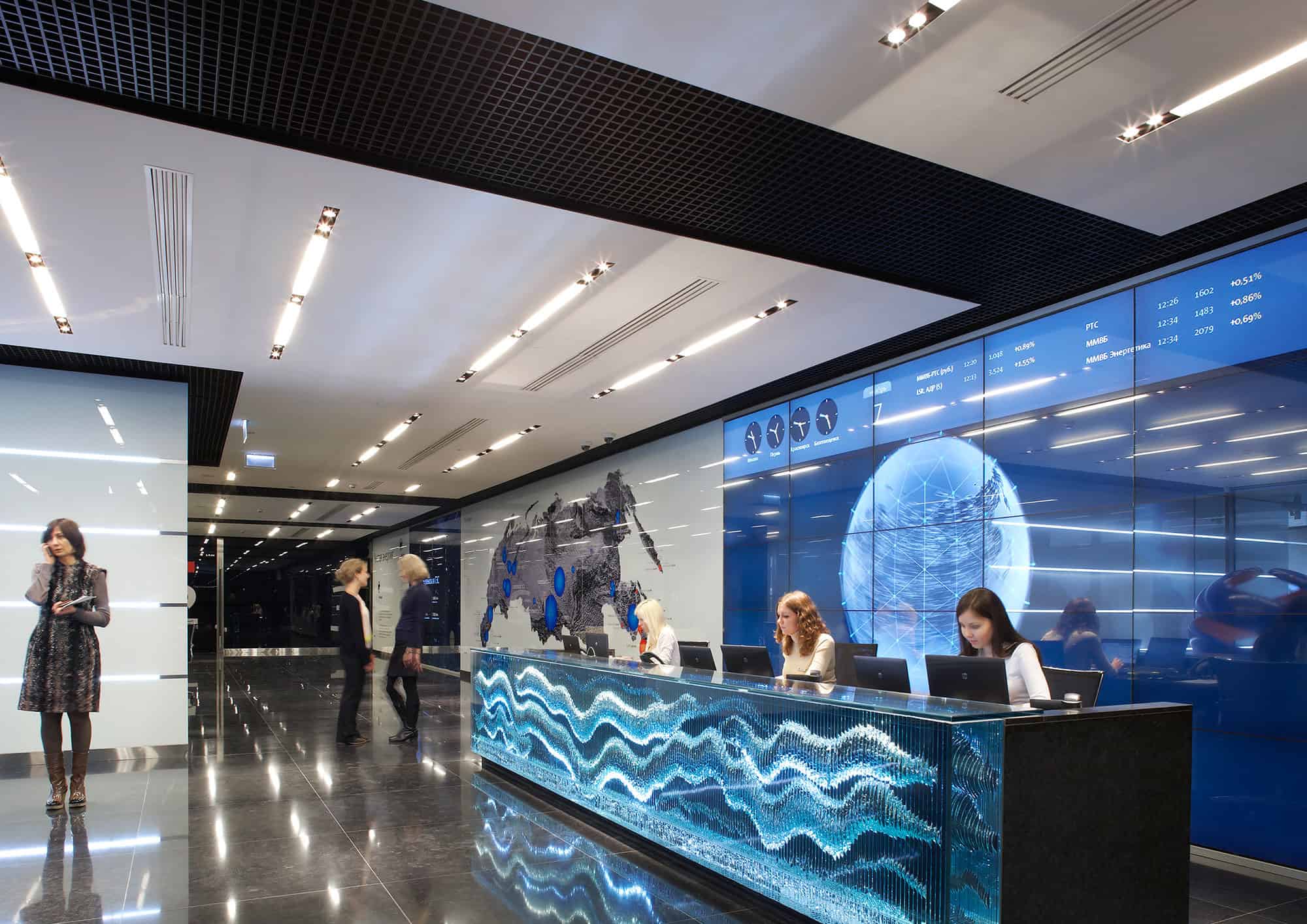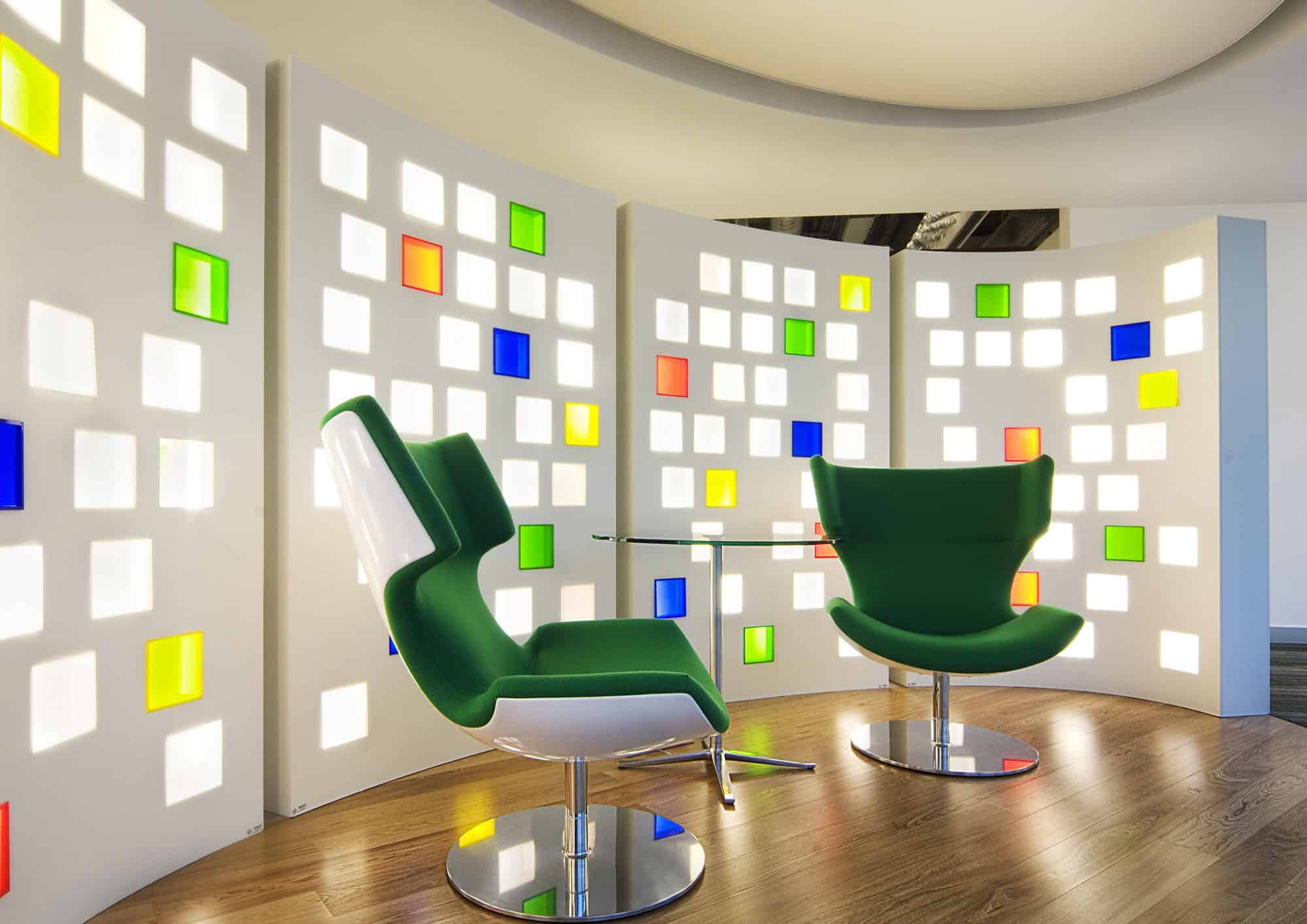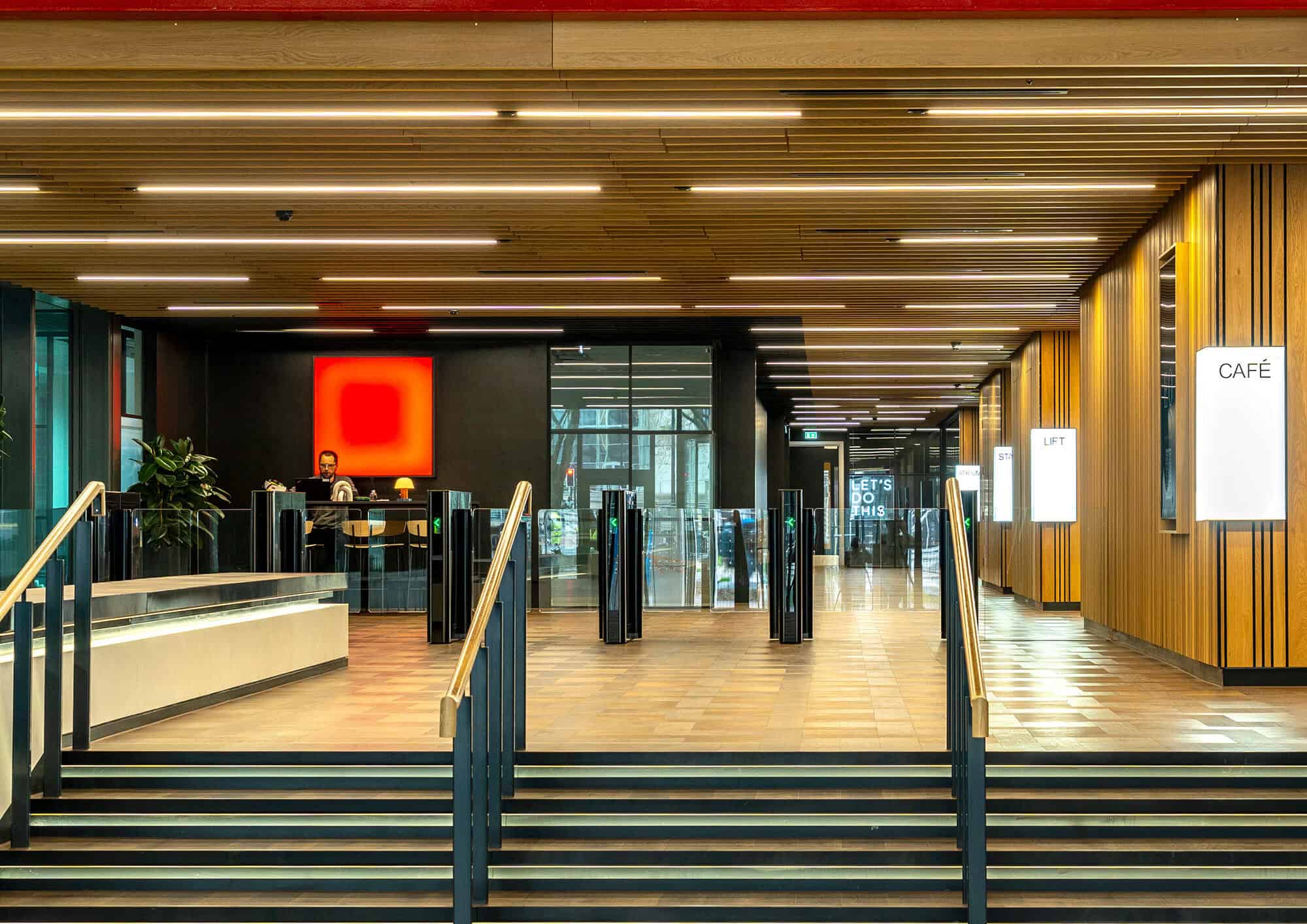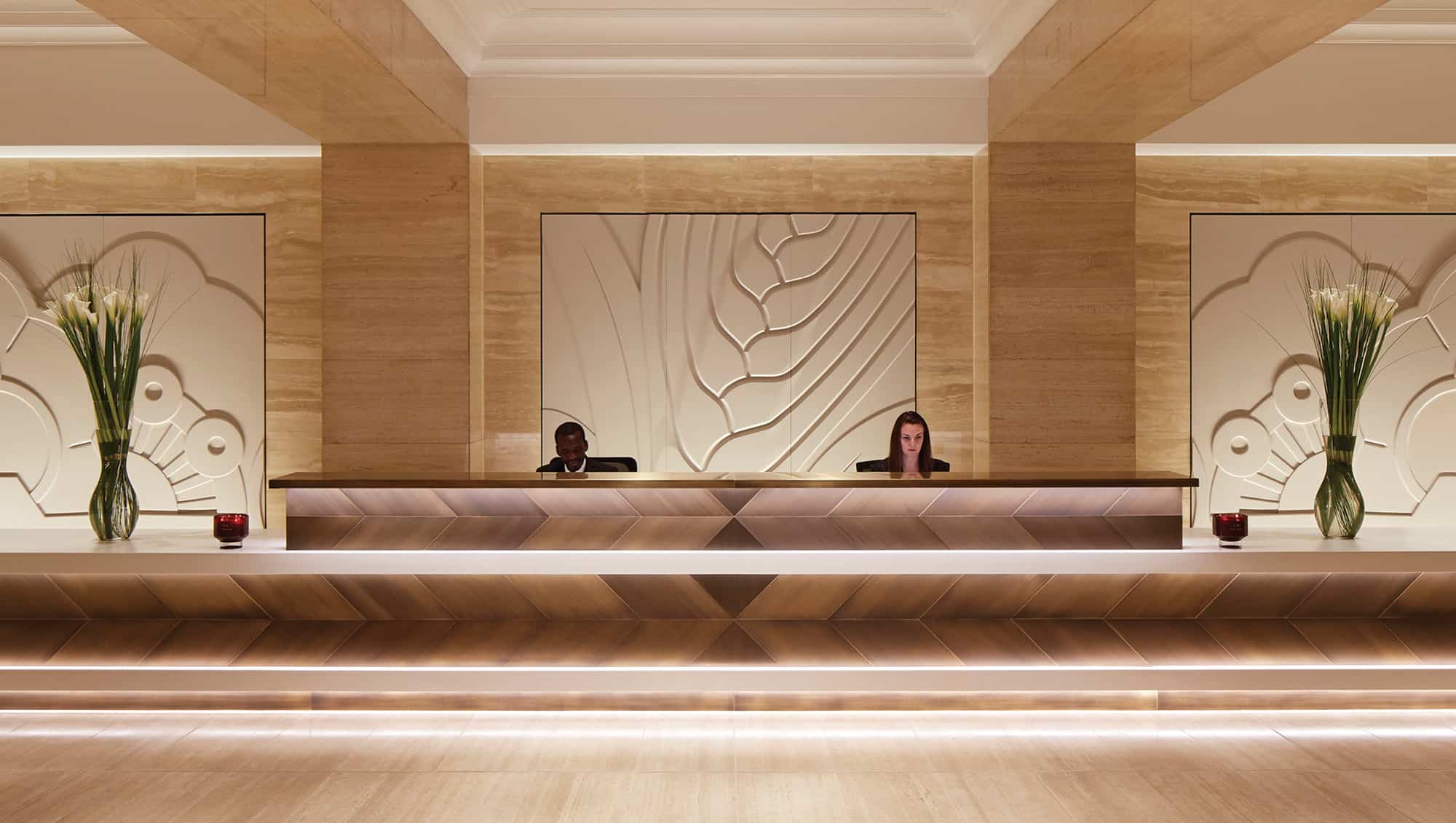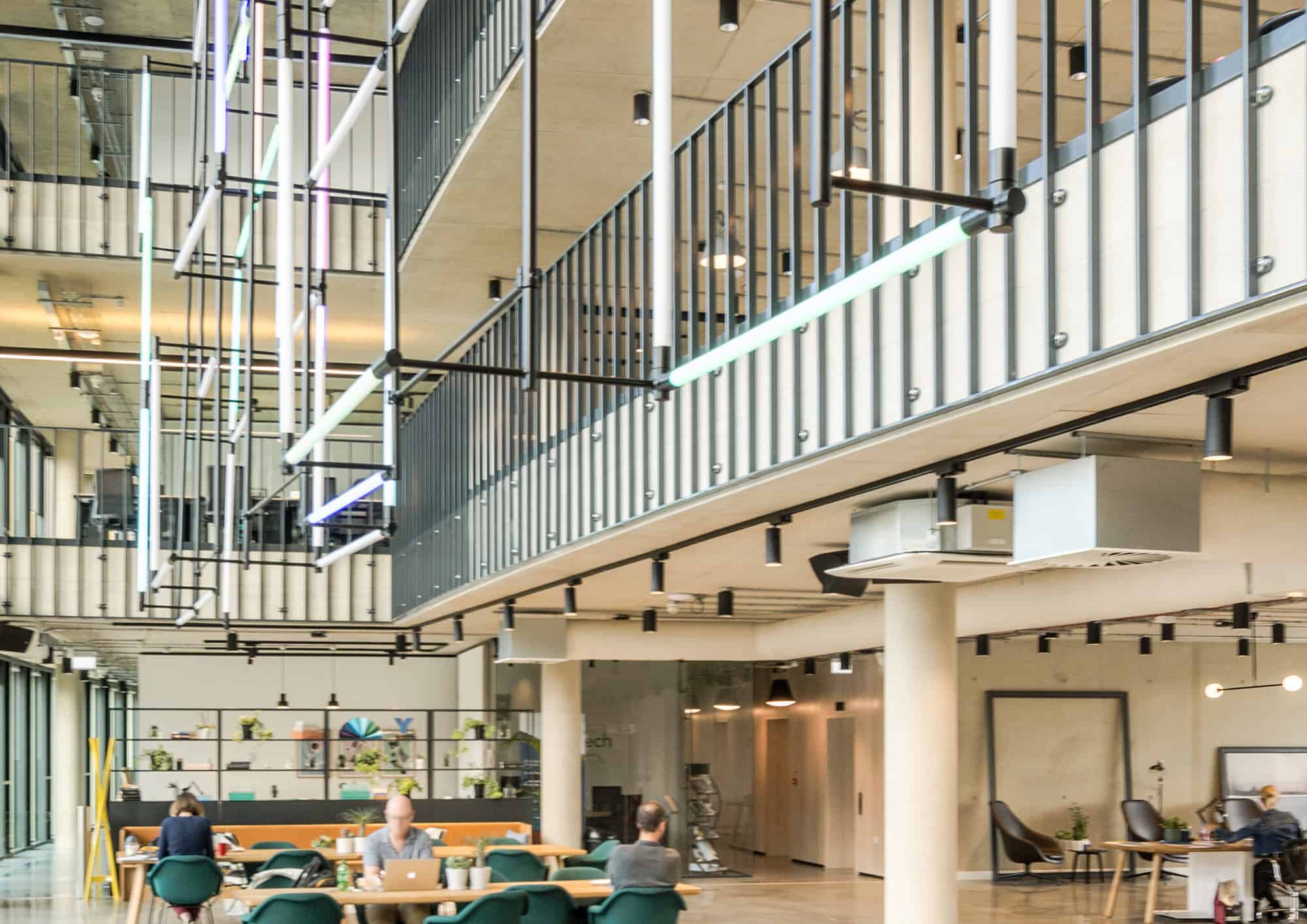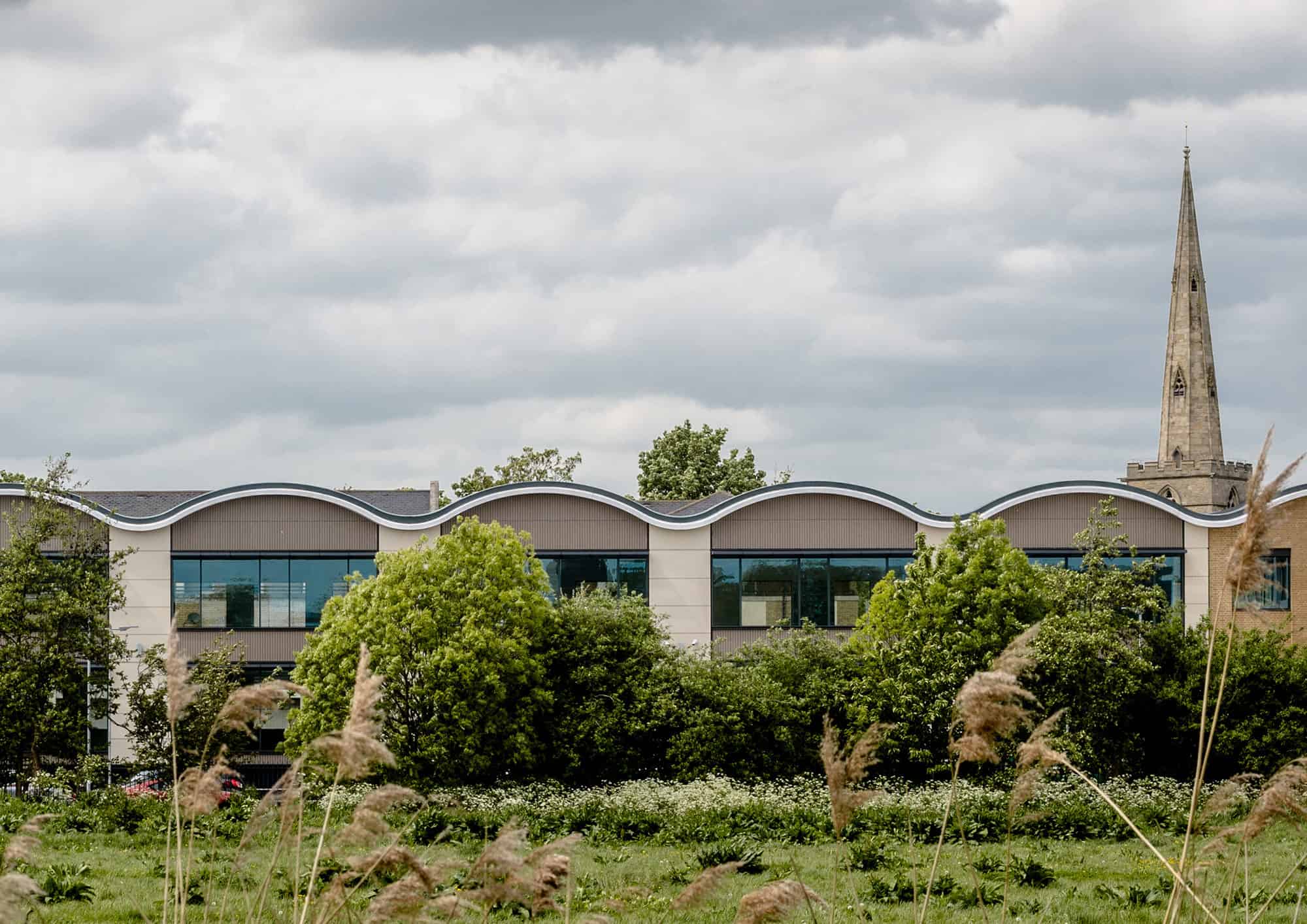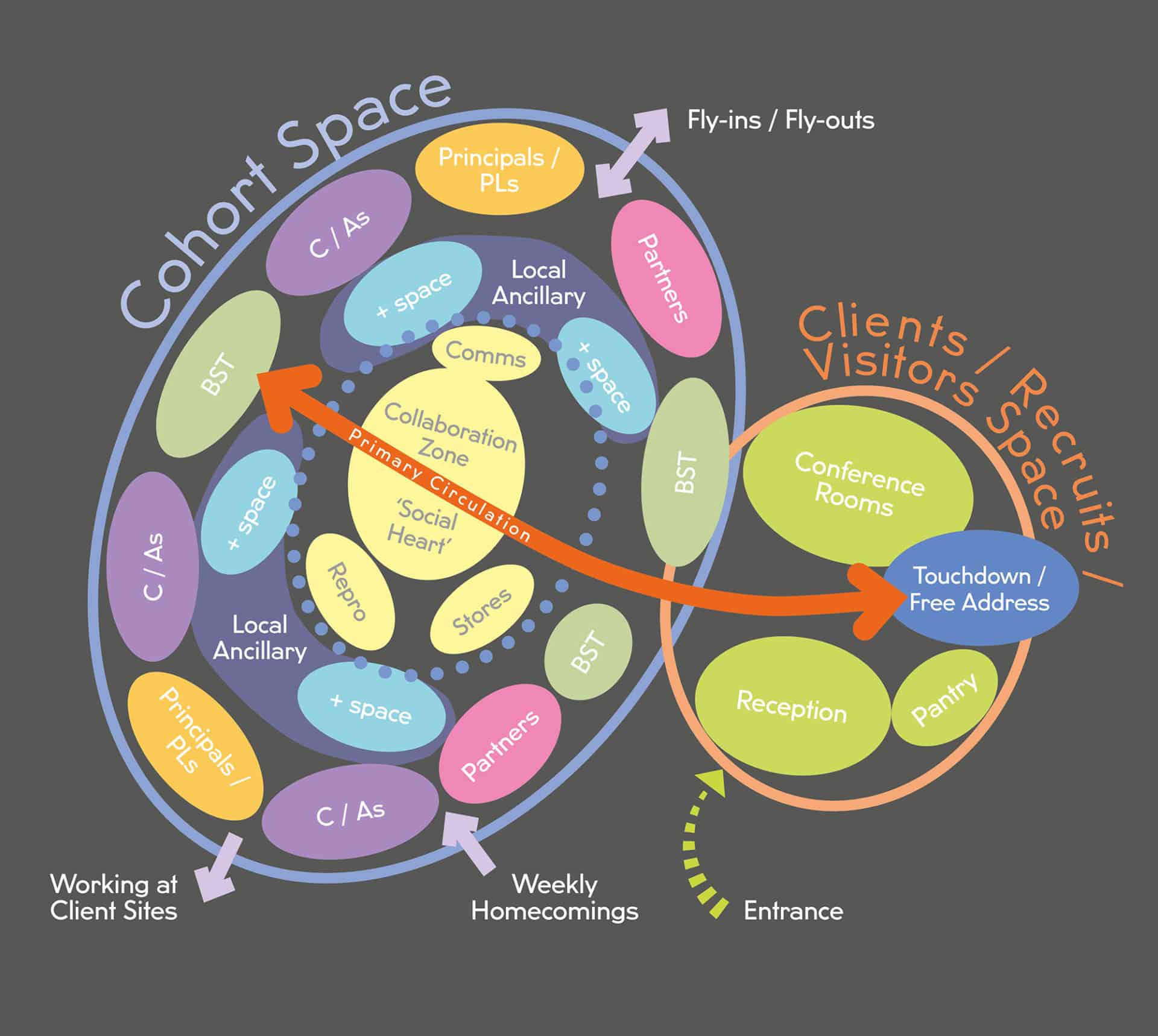
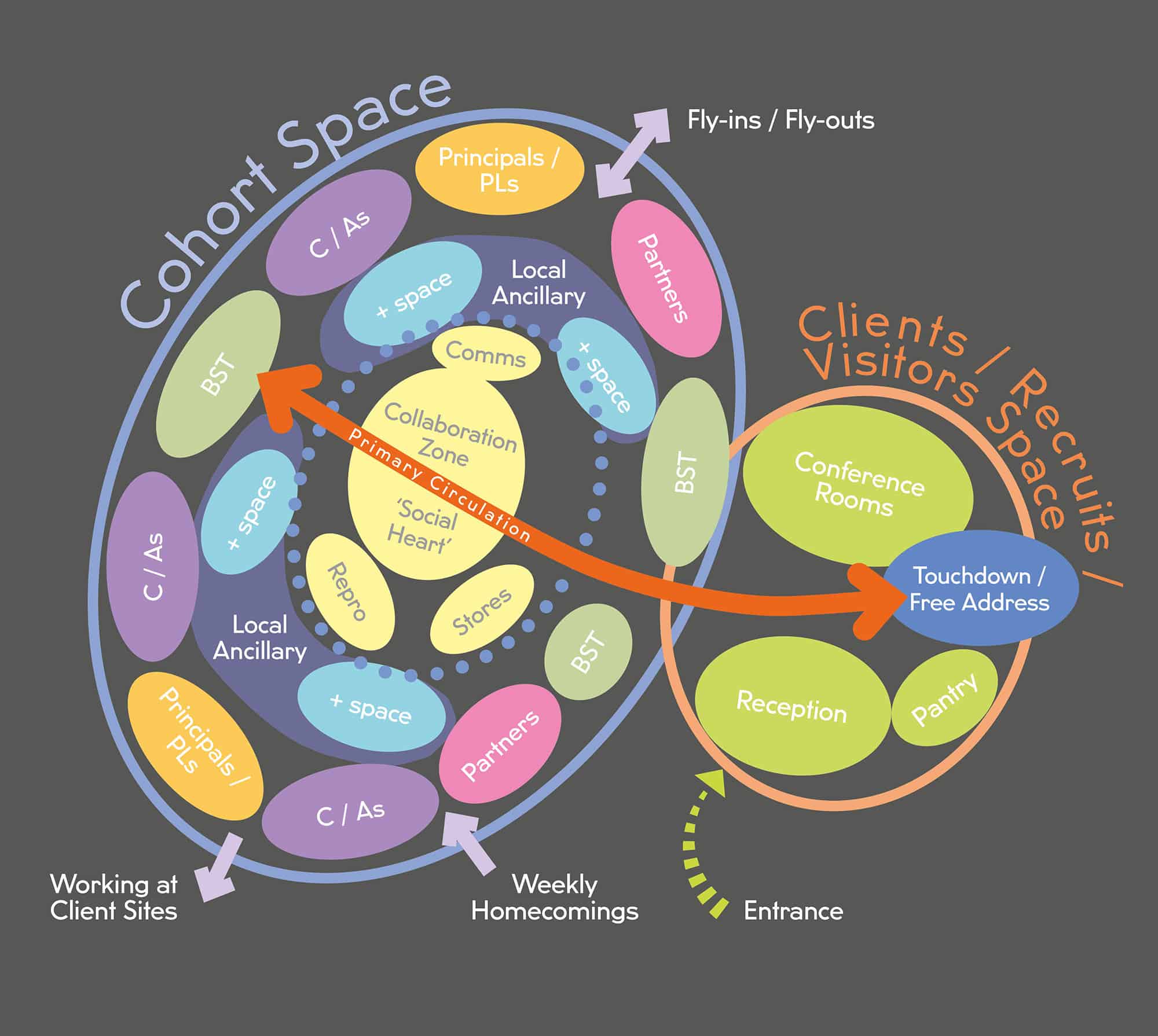
Our constant engagement with clients across many sectors internationally provides us with great insight into what range of attributes can make workplaces effective
Project Details
Collective Team
Industry trends should be considered with caution and should not necessarily be adopted by any organisation because every organisation is different.
It is of vital importance that close engagement at every level of a business is achieved in order to determine an appropriate workplace model in the context of specific corporate objectives plus cultural, economic, programme and real estate parameters.
On every project we embark upon research and analysis of our findings in the development of ‘appropriate’ workplace solutions. Essential considerations include:
Strategic Occupancy Planning
This is about determining how much space and what type of spaces are needed, in the context of existing or proposed real estate.
Three primary activities:
- Defining Space Requirements
- Establish the business goals and strategy
- Carry out research via interviews, workshops, questionnaires and surveys
- Headcount and organisational analysis
- Work processes
- Adjacency analysis
- Space standards and assignment practices
- Technology strategy
- Security and business continuity strategy
- Industry sector best practice and benchmarking
- Building Appraisal
- Space efficiency analysis
- Technical and specification appraisal
- Impact on departmental adjacencies
- Building density and space utilisation
- Building enhancements
- Strategic Planning
- Space options and scenario plans
- Space efficiency and cost savings
- Risks and opportunities
- Where and how to add value
- Cost / benefit analysis
Workplace Strategy
This about developing the workplace model as a catalyst for positive change.
- Workplace Audits
- Workplace appraisals
- Workplace mapping and adjacency analysis
- Workplace benchmarking
- Best practice research and workplace trends
- Develop a Workplace Strategy
- Setting new workplace goals
- Assessing individual and team-based needs
- Assessing conference, meeting and group interaction needs
- Exploring function versus status
- Creating new space standards / work-settings
- Technology and work style integration
- Furniture solutions and specification
- New workplace models and pilot studies
- New Ways of Working
- Staff engagement workshops
- Time utilisation surveys
- Demographic studies
- Technology availability and constraints
- Alternative workplace concepts
- New work settings, policies and protocols
- Home working and flexi-time policies
- Pilot studies and implementation planning
- Workplace performance measurement
- Cost / Benefit Analysis
- Business-as-usual versus best practice
- Analysis of new ways of working and pilot studies
- Fixed construction versus furniture-based solutions
Levels of Engagement:
- Project Sponsor
- Senior Management / Steering Committee
- Department Heads (business and support)
- Staff
Methods of Engagement:
- Individual Interviews
- Group workshops / envisioning sessions
- Web-based questionnaires
- Roadshows
- Site visits
- Newsletters
Key considerations regarding work patterns:
- What?
- How?
- Why?
- Where?
- When?
- For how long?
- With whom?
The post-pandemic workplace
During the Covid-19 lockdown we have continued our client engagement on numerous live projects and also hosted regular virtual round-table discussions with a range of occupier types to explore the implications and likely impact of the pandemic on future workplace models.
What has become apparent between our early engagement 3 months into the first lockdown period and more recently is that there is now a greater level of acceptance by employers that many staff can, when home situations allow, work effectively and efficiently from home or alternative remote locations.
Data gathered from various sources over the period during and since the first lockdown suggests that a large percentage of people, given the choice, would choose to work from home at least some of the time.
Based on data gathered from various sources and a broad cross-section of respondents, diagram 1 illustrates the percentage of those respondents who would choose or need to attend a central workplace and why.
It can be seen that collaborative activities are predominant and that only a minority would choose or need to travel to a designated workplace to carry out cognitive work or other individual tasks that can be fulfilled effectively at home or from other remote locations.
It is evident from diagram 1 that the future workplace will need to accommodate a predominance of collaborative, group activities with a lesser provision of individual, cognitive settings than has historically been the case in many organisations.
Diagram 2 articulates our conceptual approach to the accommodation of high, medium and low-levels of group activities and commensurate levels of fixity, flexibility and adaptability plus capital investment versus day-2 running costs.
Our proposal is, therefore, that in order to be effective, future workplaces will require appropriate levels of investment in the creation of flexible and adaptable spaces and work-settings that can be ‘calibrated’ according to ever-changing future needs. Capital investment in suitable construction and acoustic solutions plus the adoption of technology and audio-visual systems will be vital and the overall quality of workplace design will need to be higher than ever before to attract and retain existing staff plus future top talent.
In the context of speculative office buildings which generally are formulaic, prescriptive and constraining from an occupier perspective (with the emphasis being on efficiency for the developer rather than effectiveness for the occupier), this requirement presents challenges that will need careful consideration in the development of intelligent design responses.
Pre-Covid:
Conventional ‘agile’ corporate workplaces with a predominance of individual workstations and fewer shared, collaboration spaces
Post-Covid:
A ‘free-range’ workplace vocabulary with centralised, highly flexible and adaptable spaces providing tiered levels of acoustic privacy. Secondary and tertiary spaces have diminishing levels of fixity and increased reliance on furniture-based products to achieve ‘enclosure’ and open work-settings. To accommodate social distancing, work-settings are adaptable to enable scaleable occupancy scenarios managed via technology-based booking systems.
Battery hens provide a greater number of eggs of a lesser quality. Free-range hens produce a lesser number of eggs but of a high quality.
As designers we are both fascinated and positively challenged by the exponential rate of change that has occurred, and continues to occur, in all aspects of work and home life as an outcome of technological advancement, especially in a post-COVID world. Whilst positive in many respects, we’re aware of the possible negative social and psychological impacts that the use of technology can have in both situations (workplace plus home-working) and we’re engaged with clients in the development of solutions that mitigate these challenges through intelligent design focussed on people’s needs as well as that of our clients’ businesses.
From responses gathered from various surveys, Collaborative engagement of various forms are the highest scoring reasons for people needing or choosing to return to their workplaces. Mentoring or being mentored; group working / interaction plus social engagement between groups of varying size mean that flexibility and adaptability plus acoustic hierarchy are all critical considerations. Variety and choice are key ingredients for a successful workplace that is supportive of staff.
We are also actively engaged in the design of higher education facilities and fascinated by the transition for students from study environments to work environments. The flexibility and adaptability of teaching environments can positively inform the design of workplaces and vice versa.



